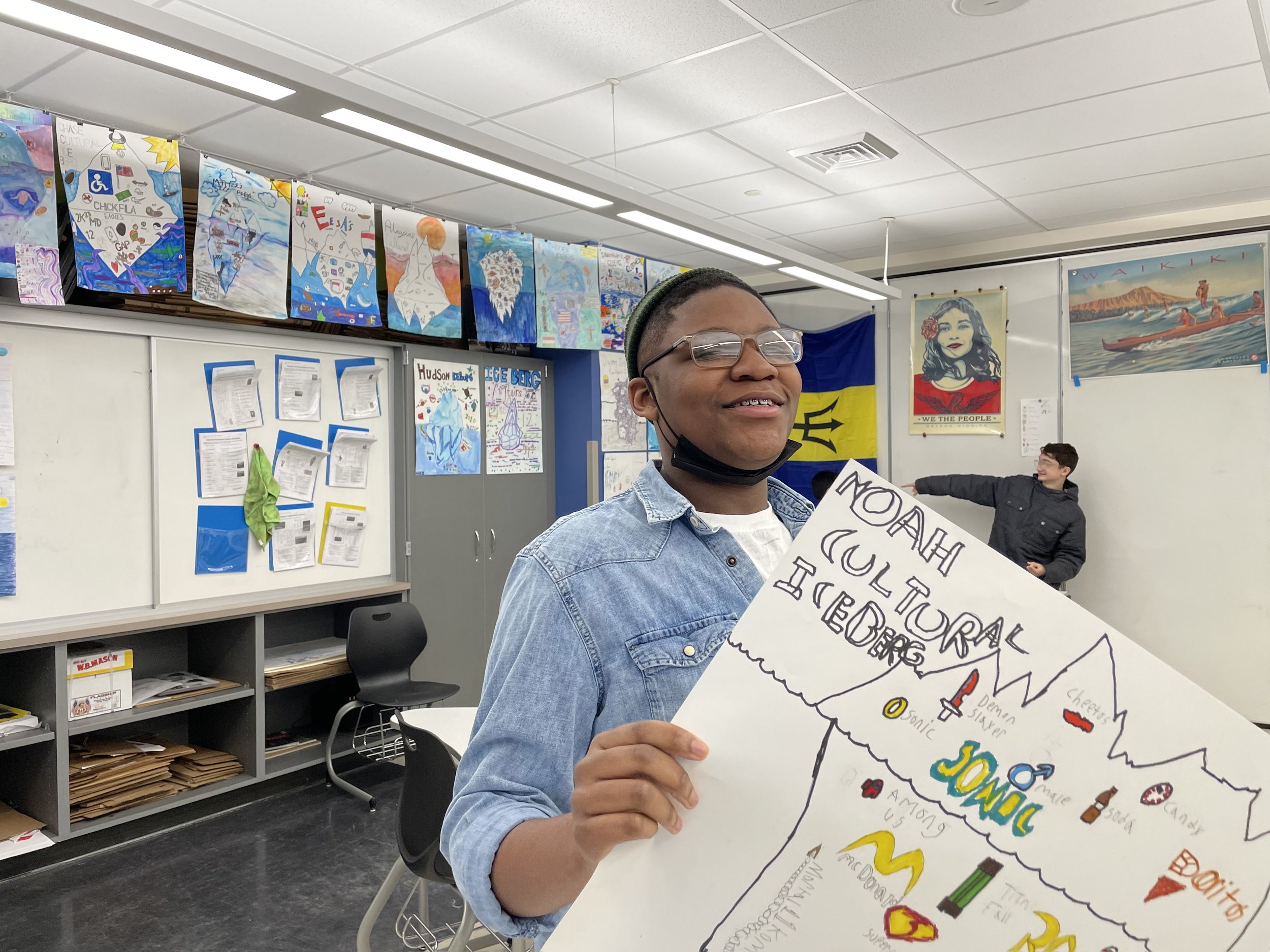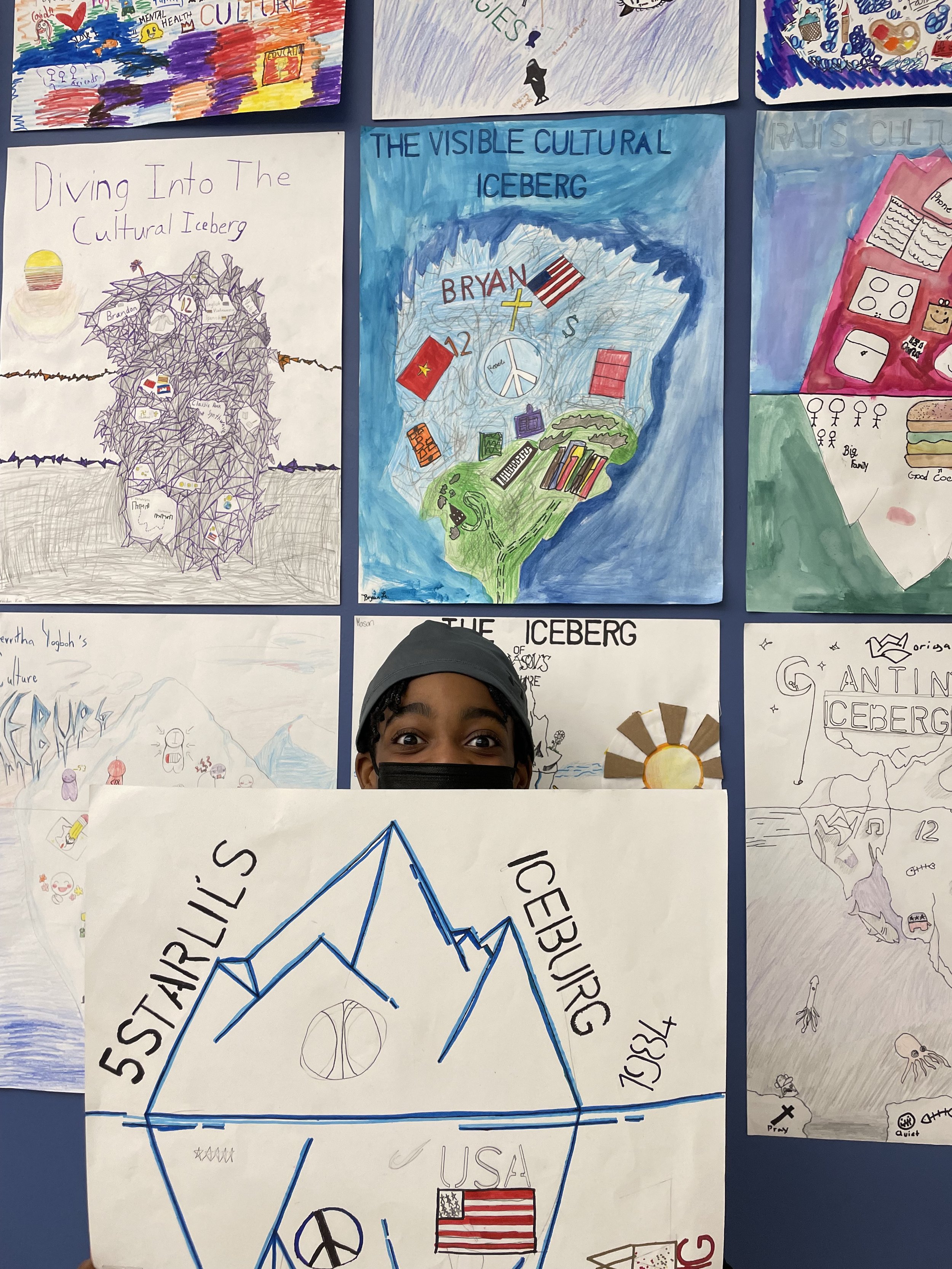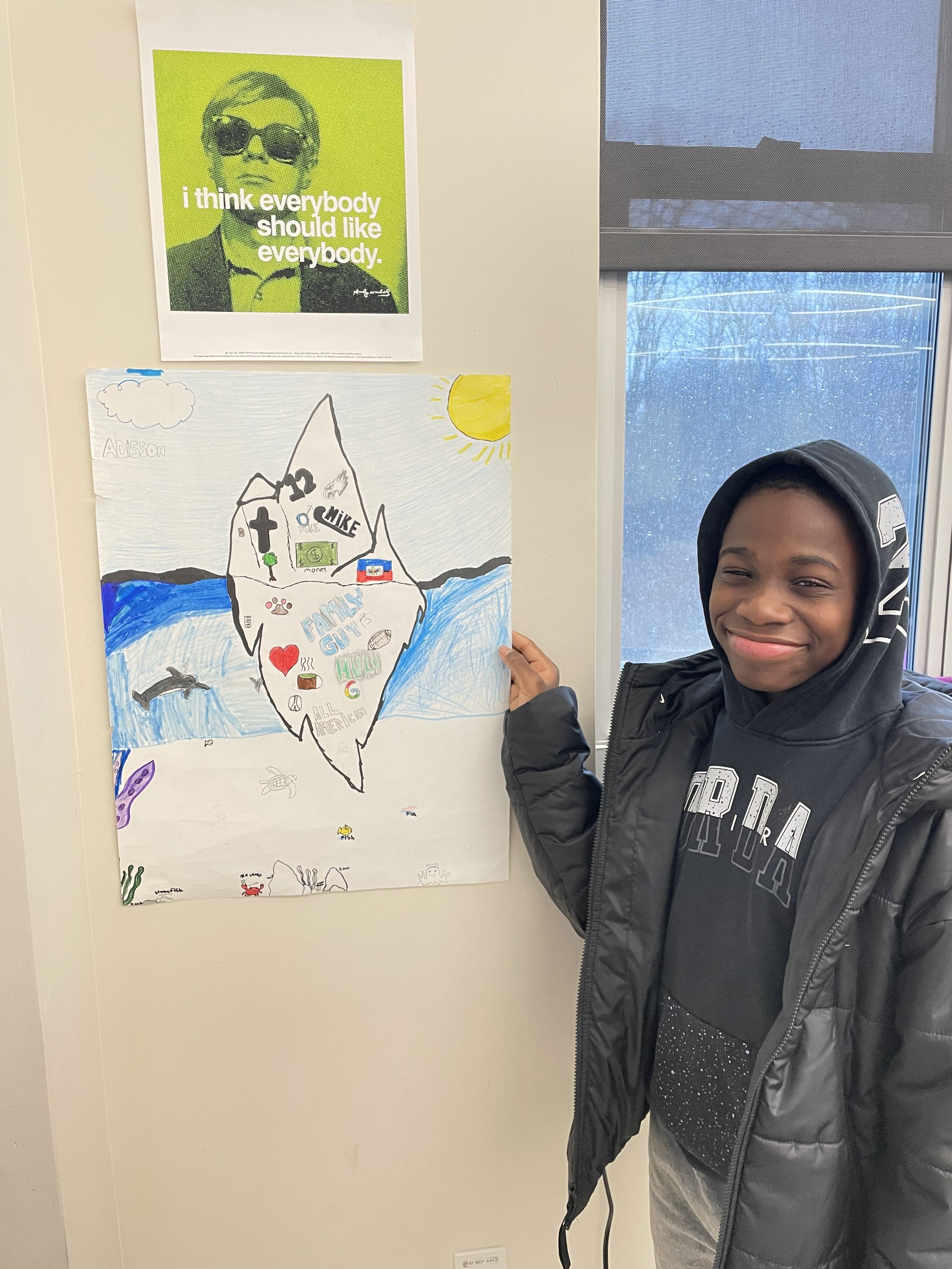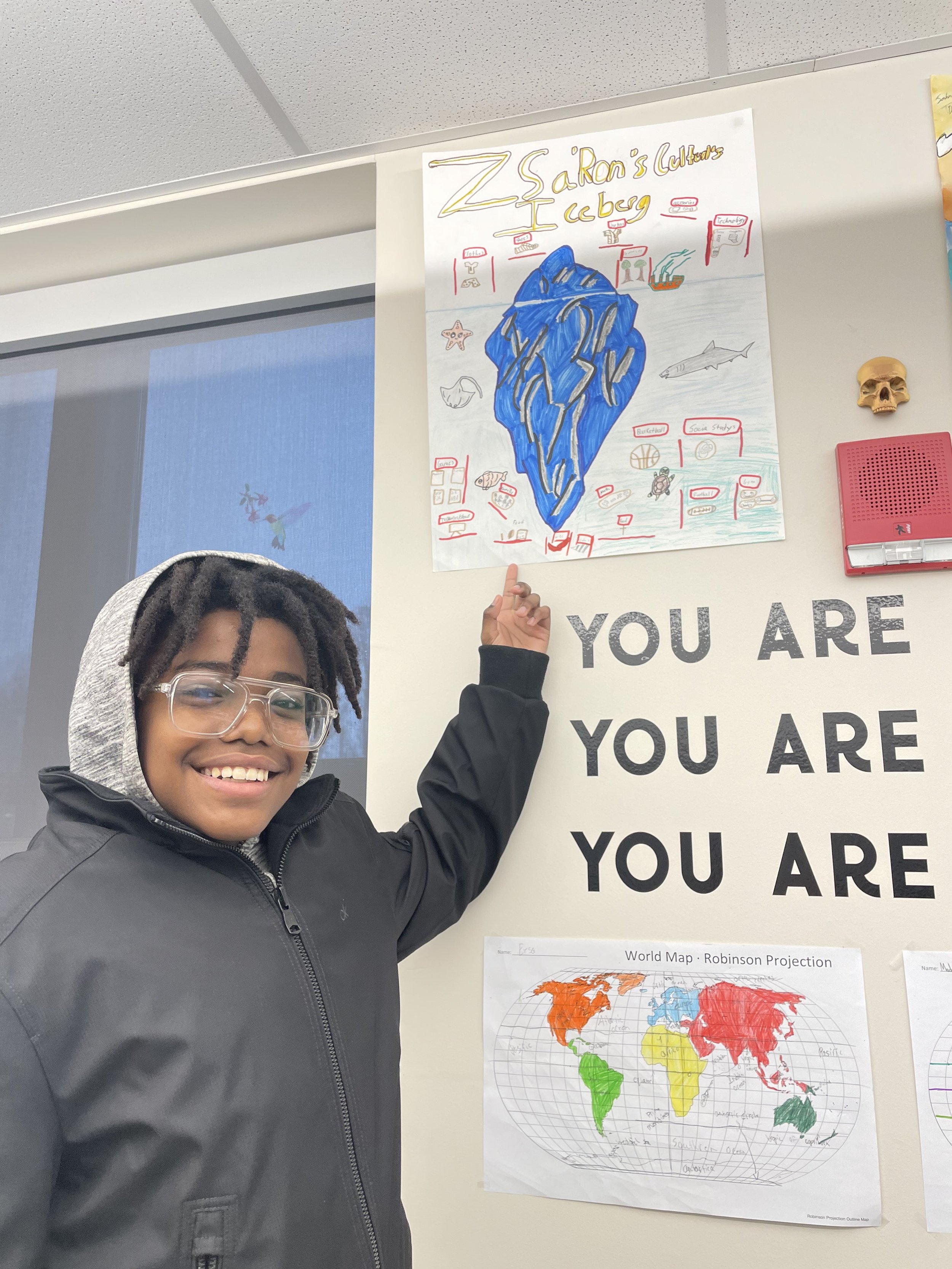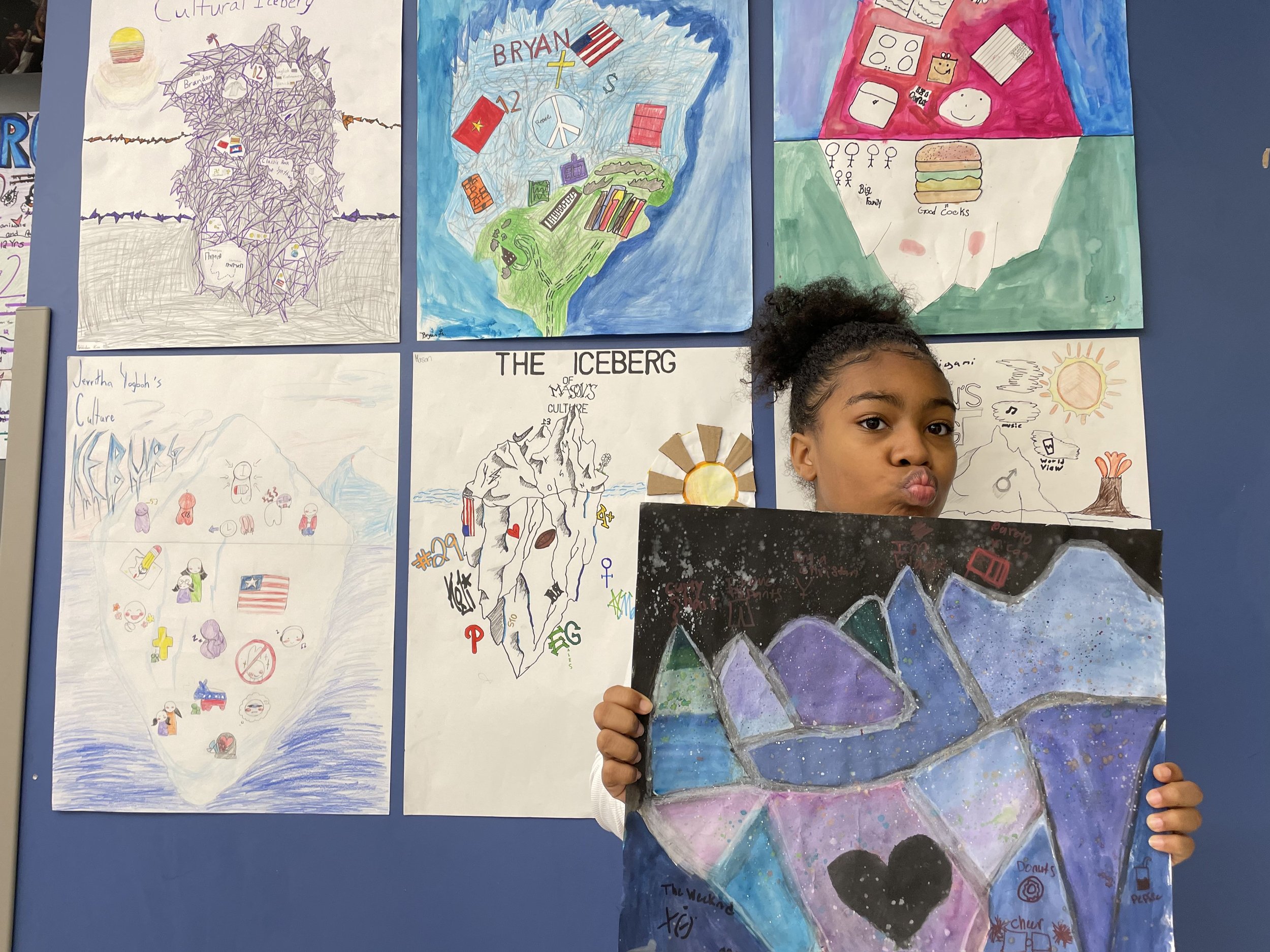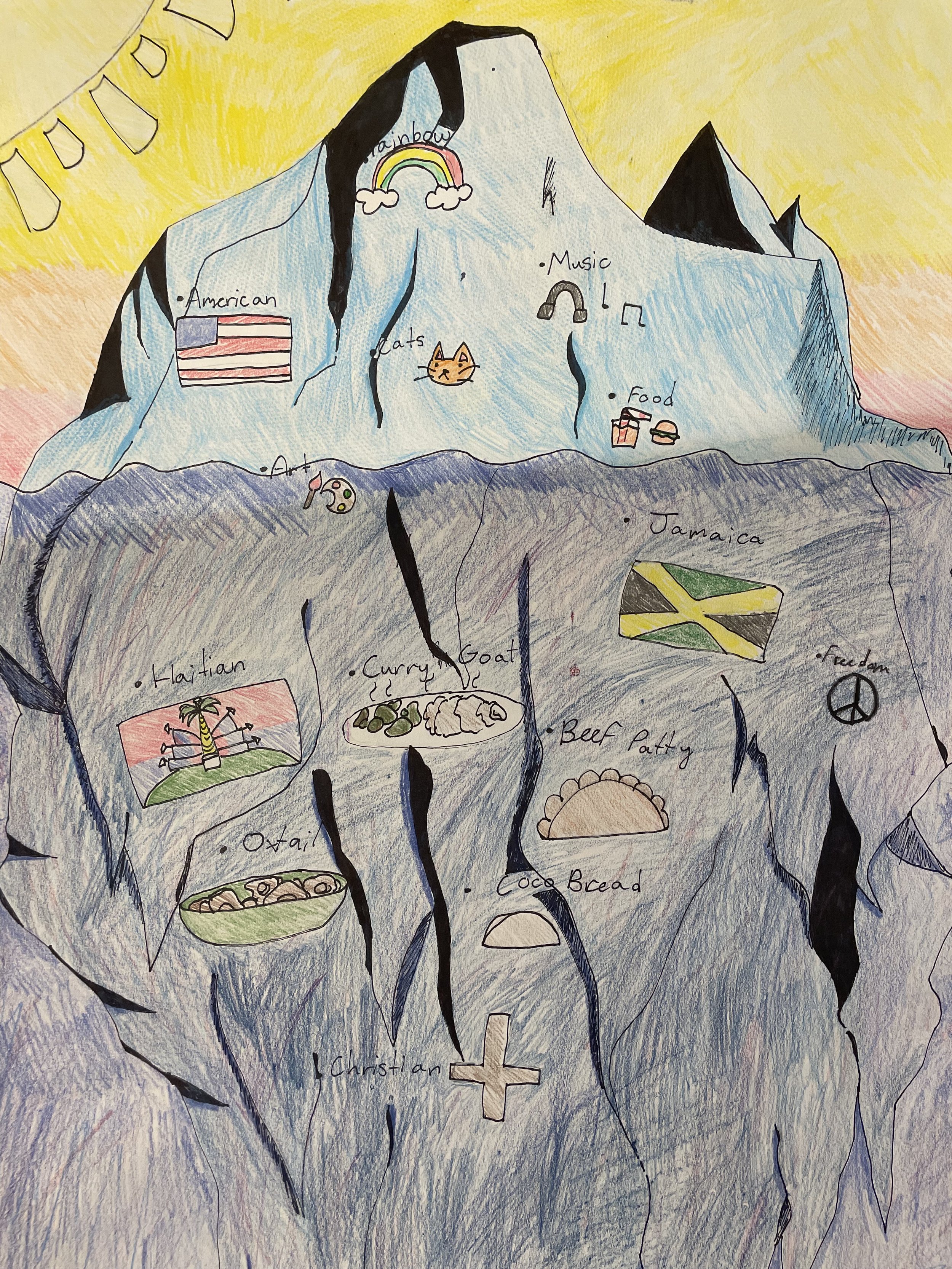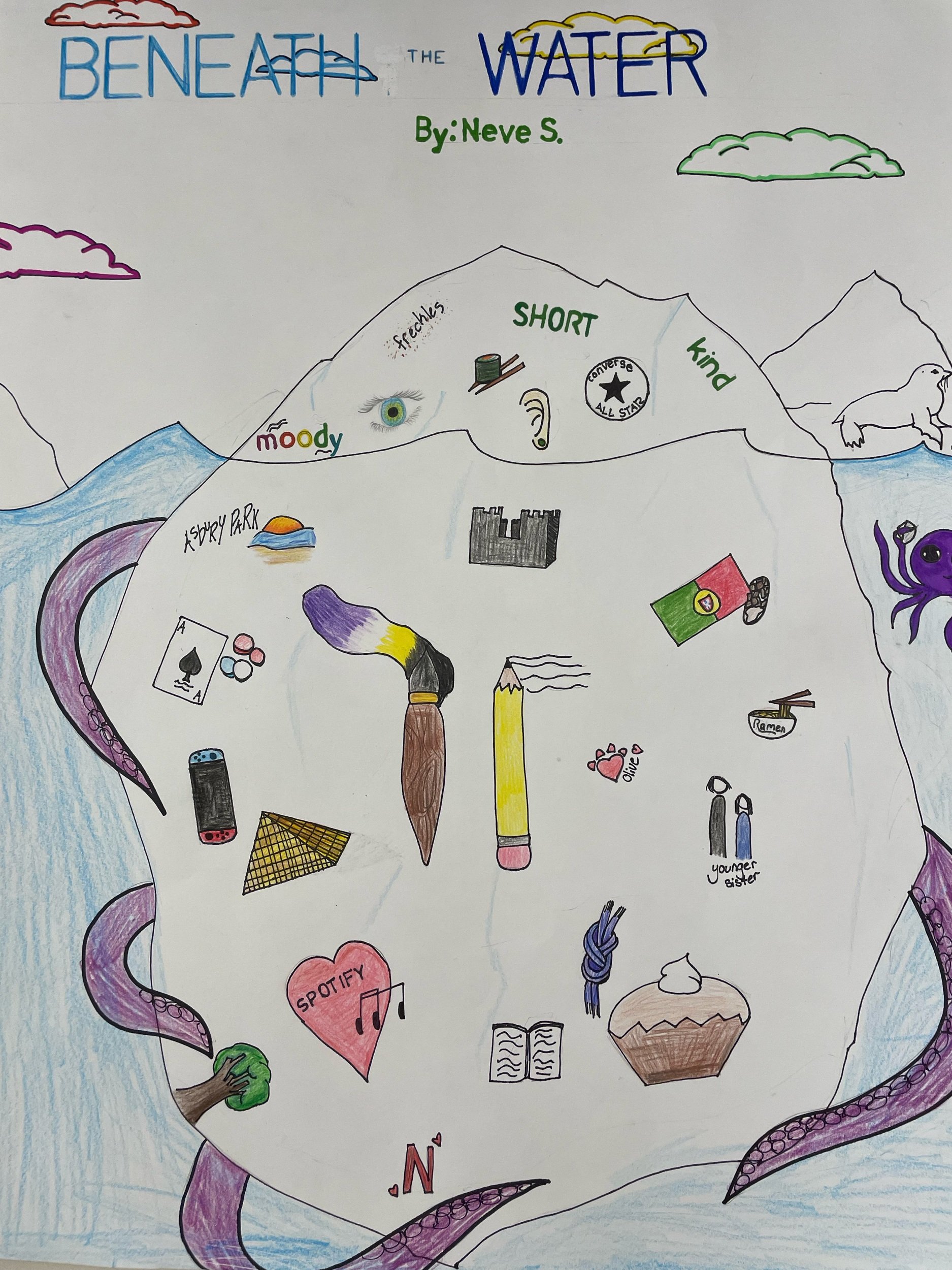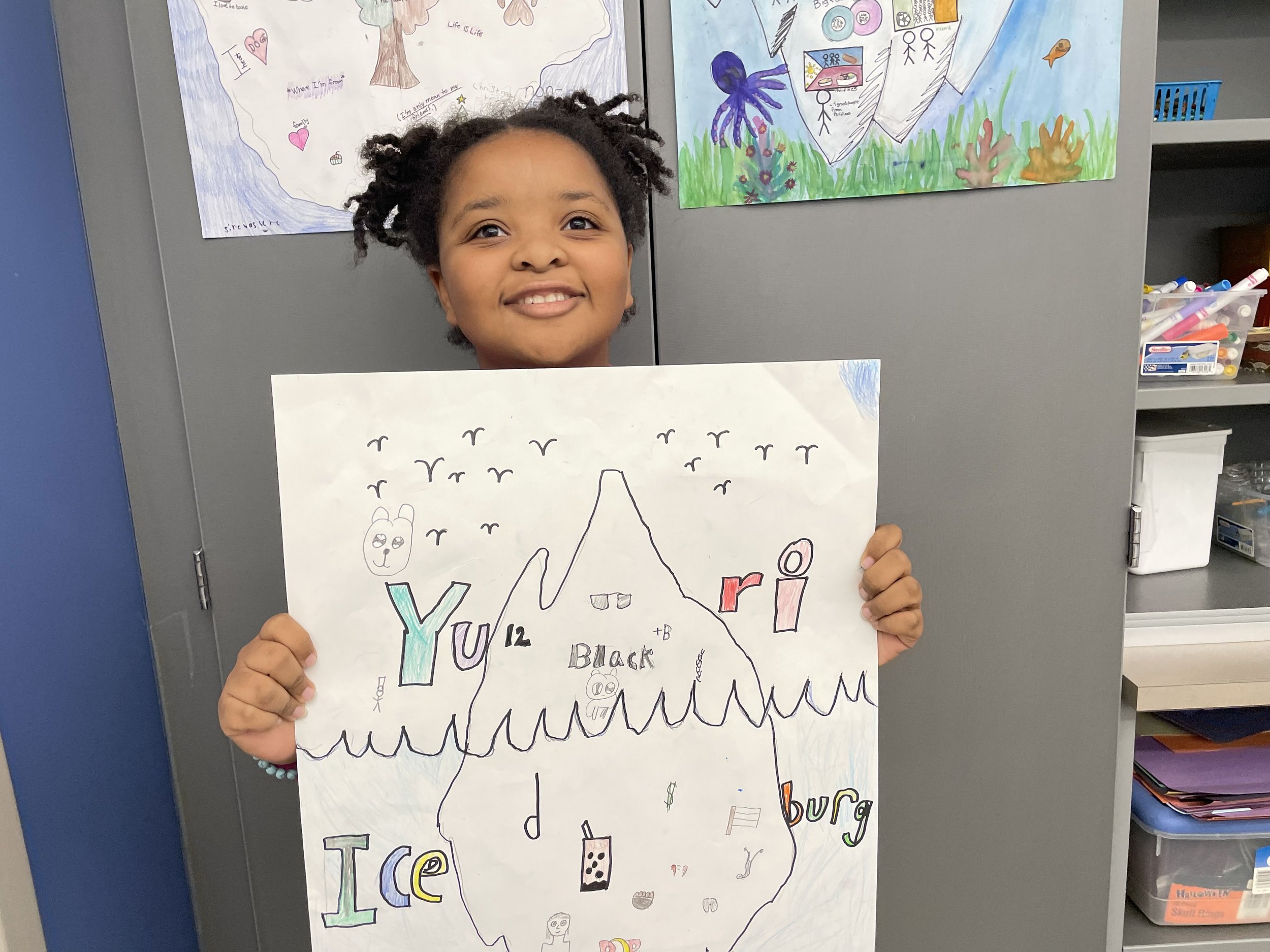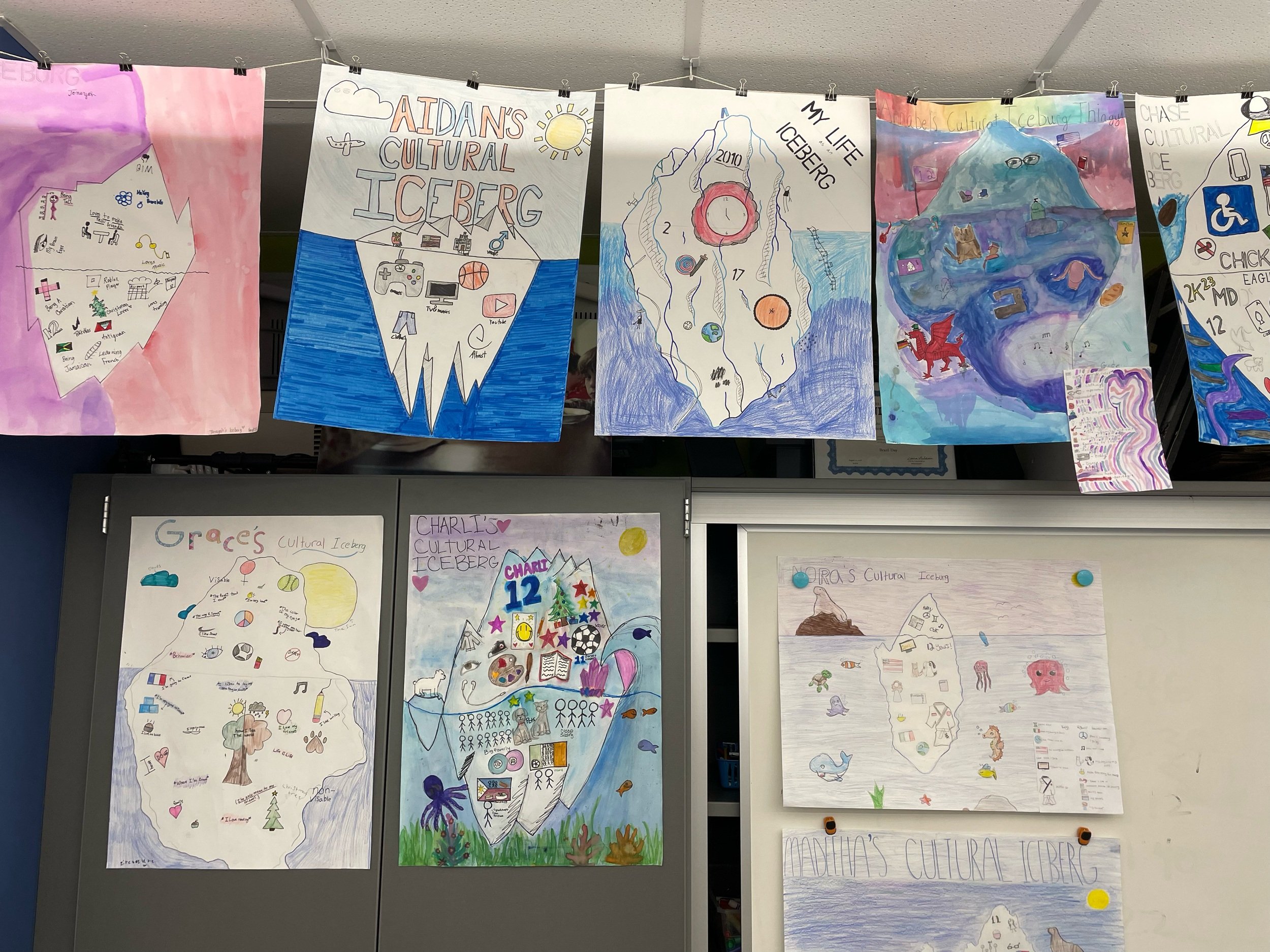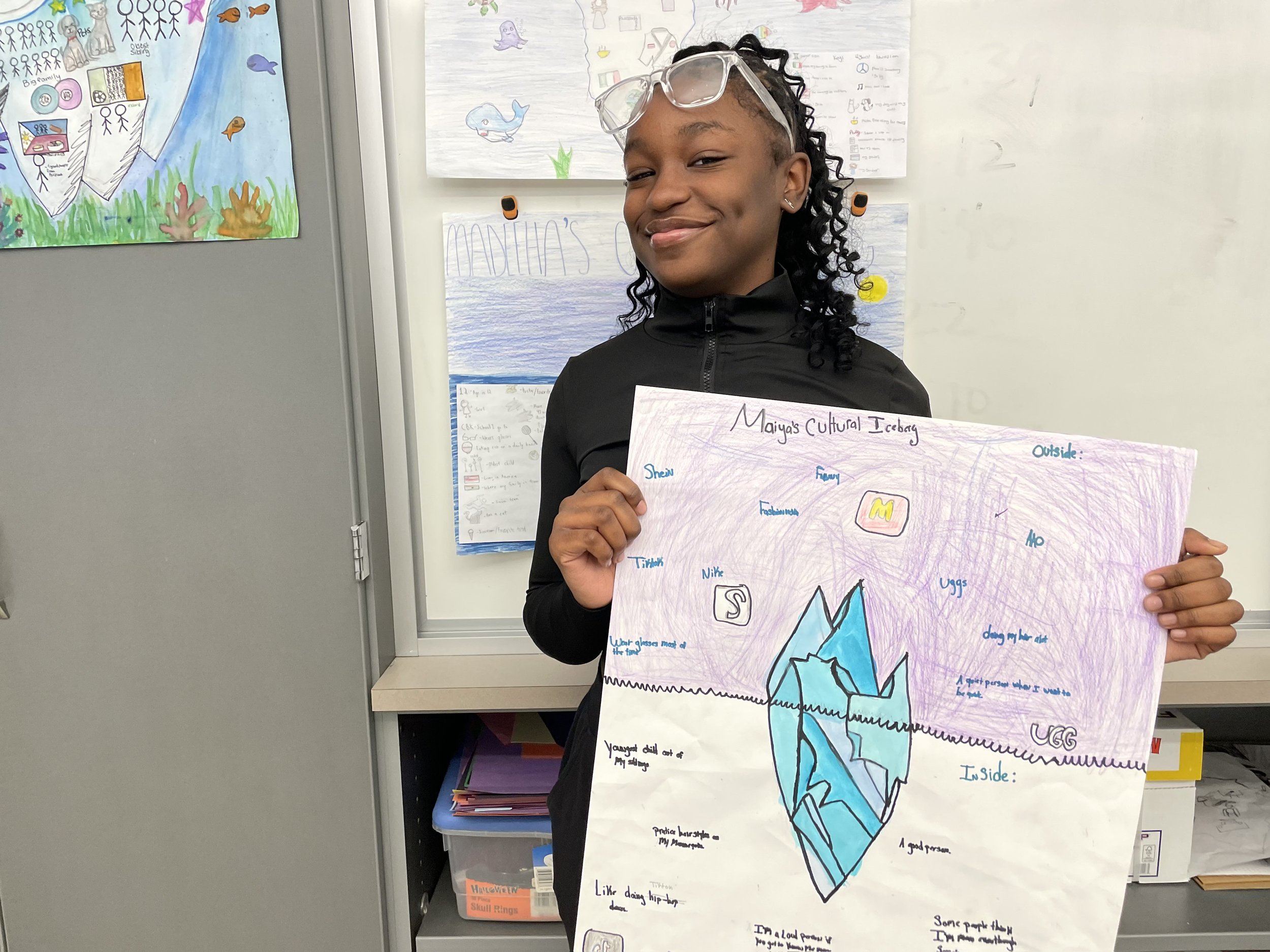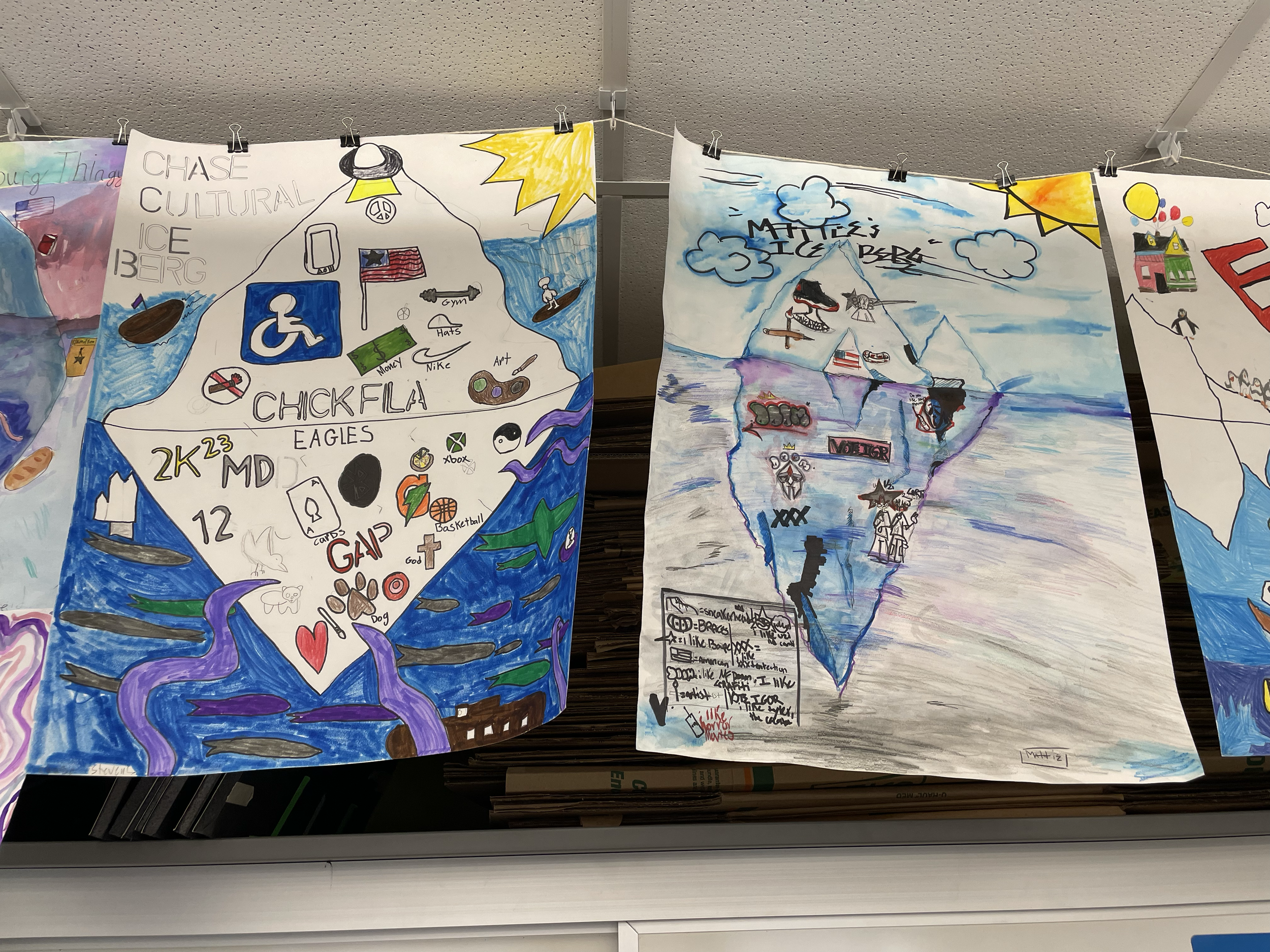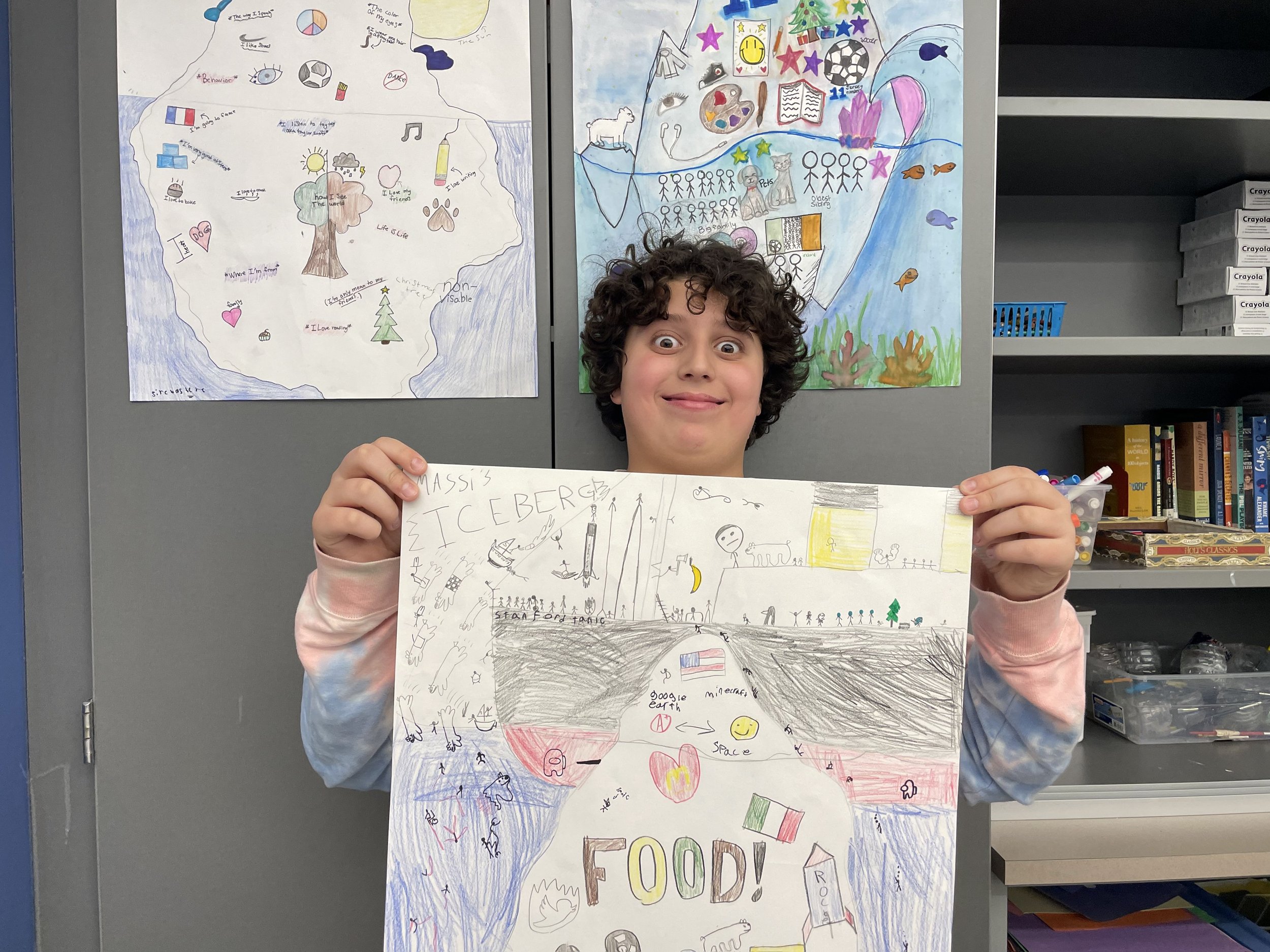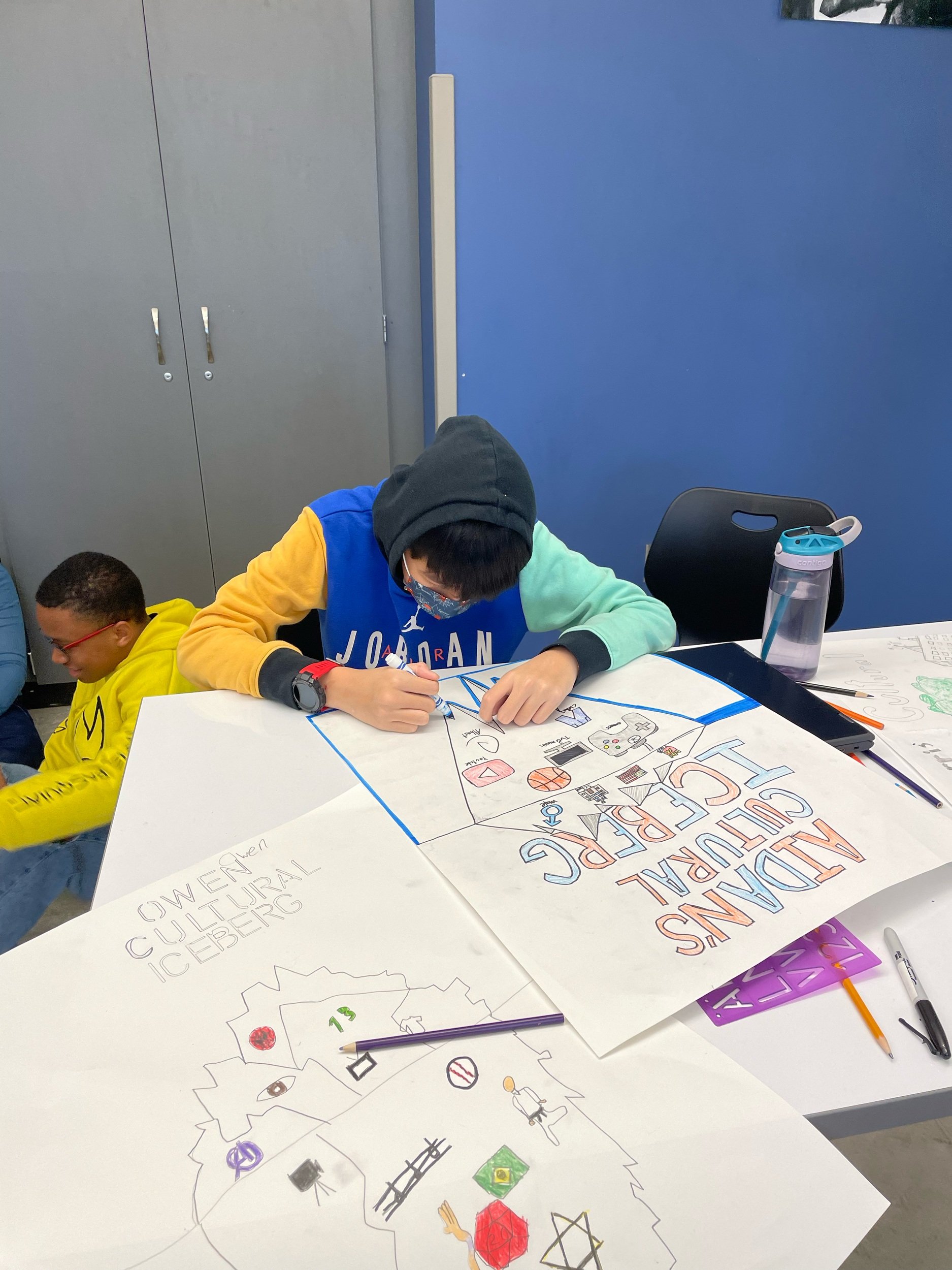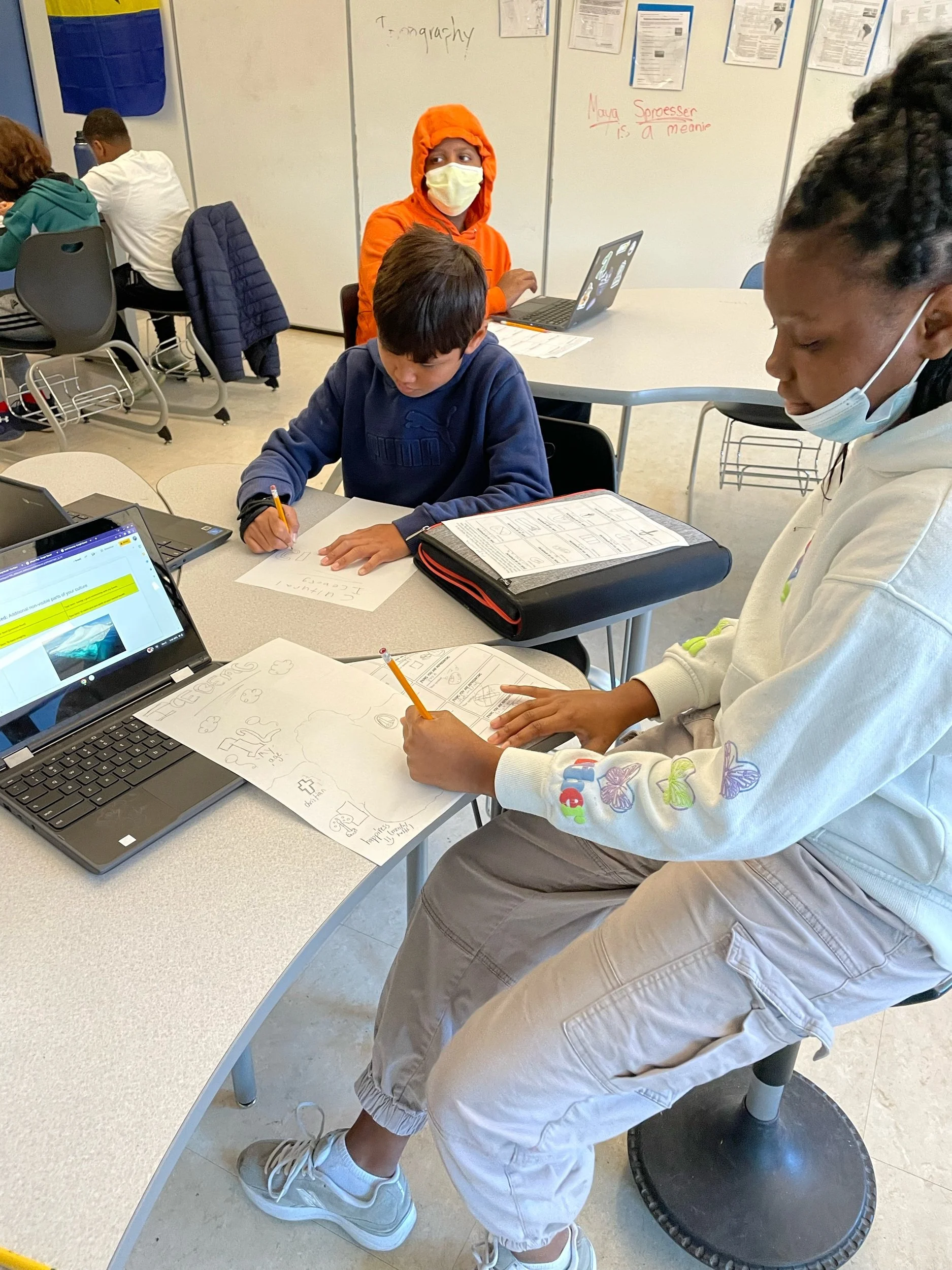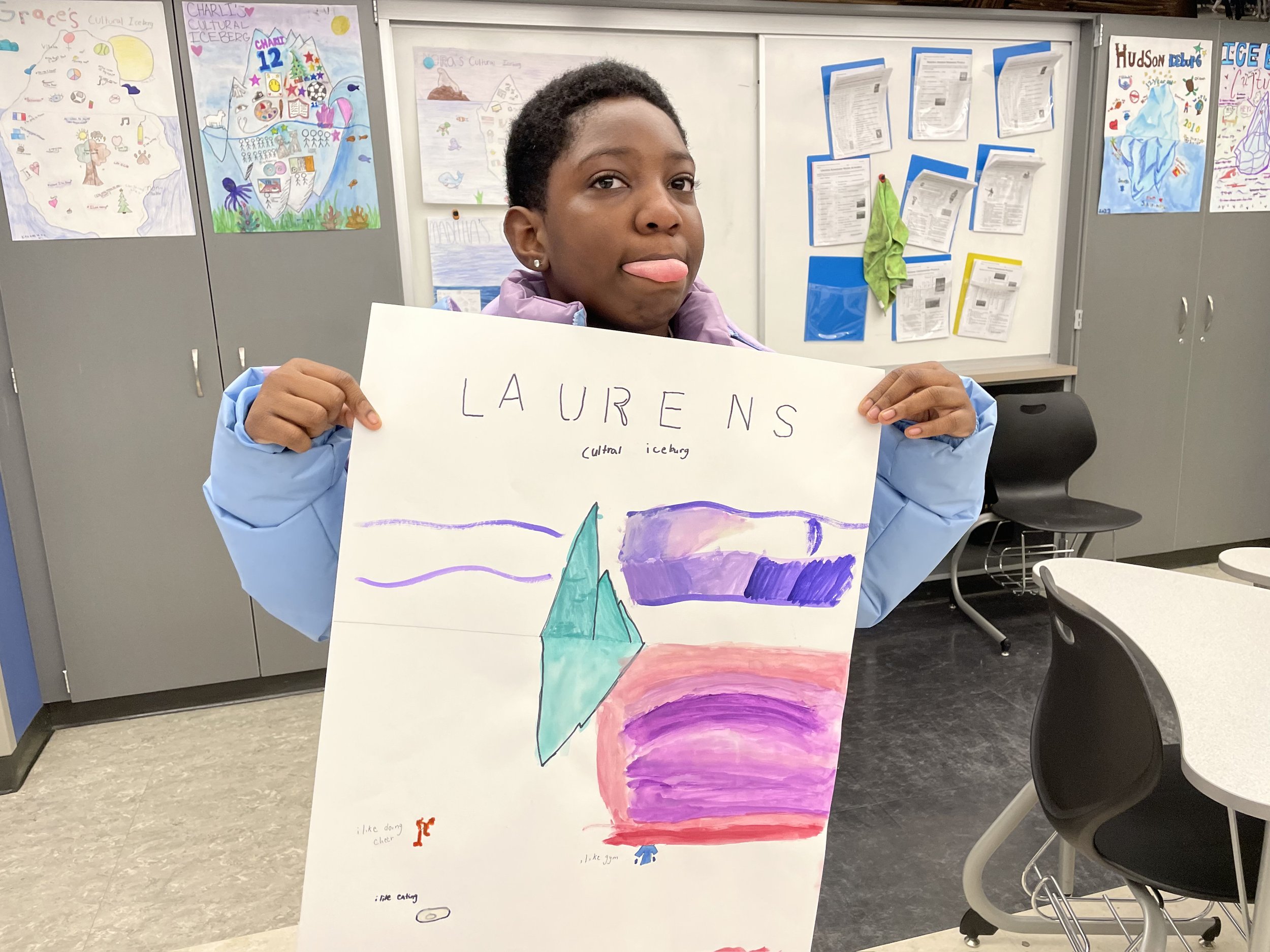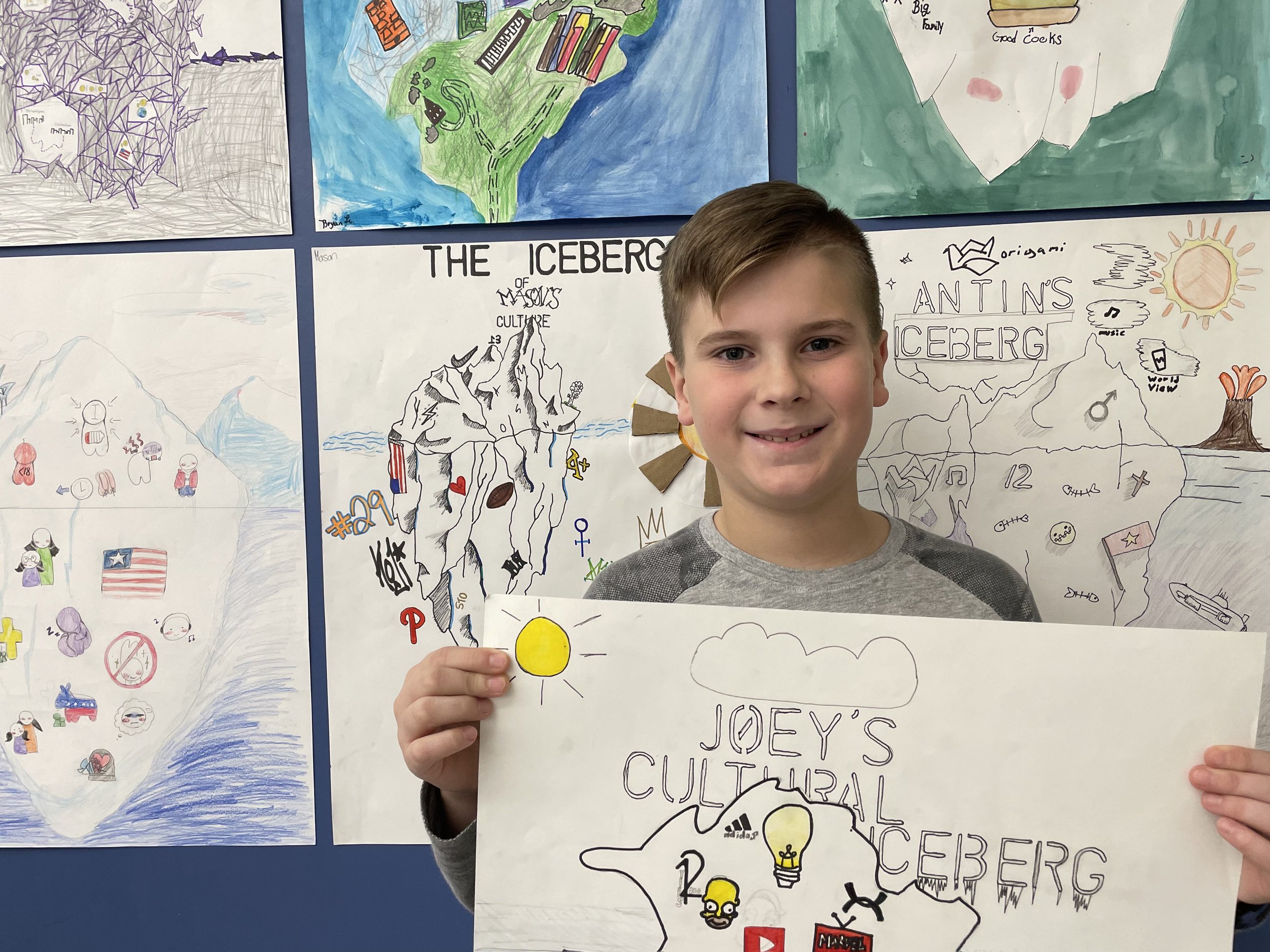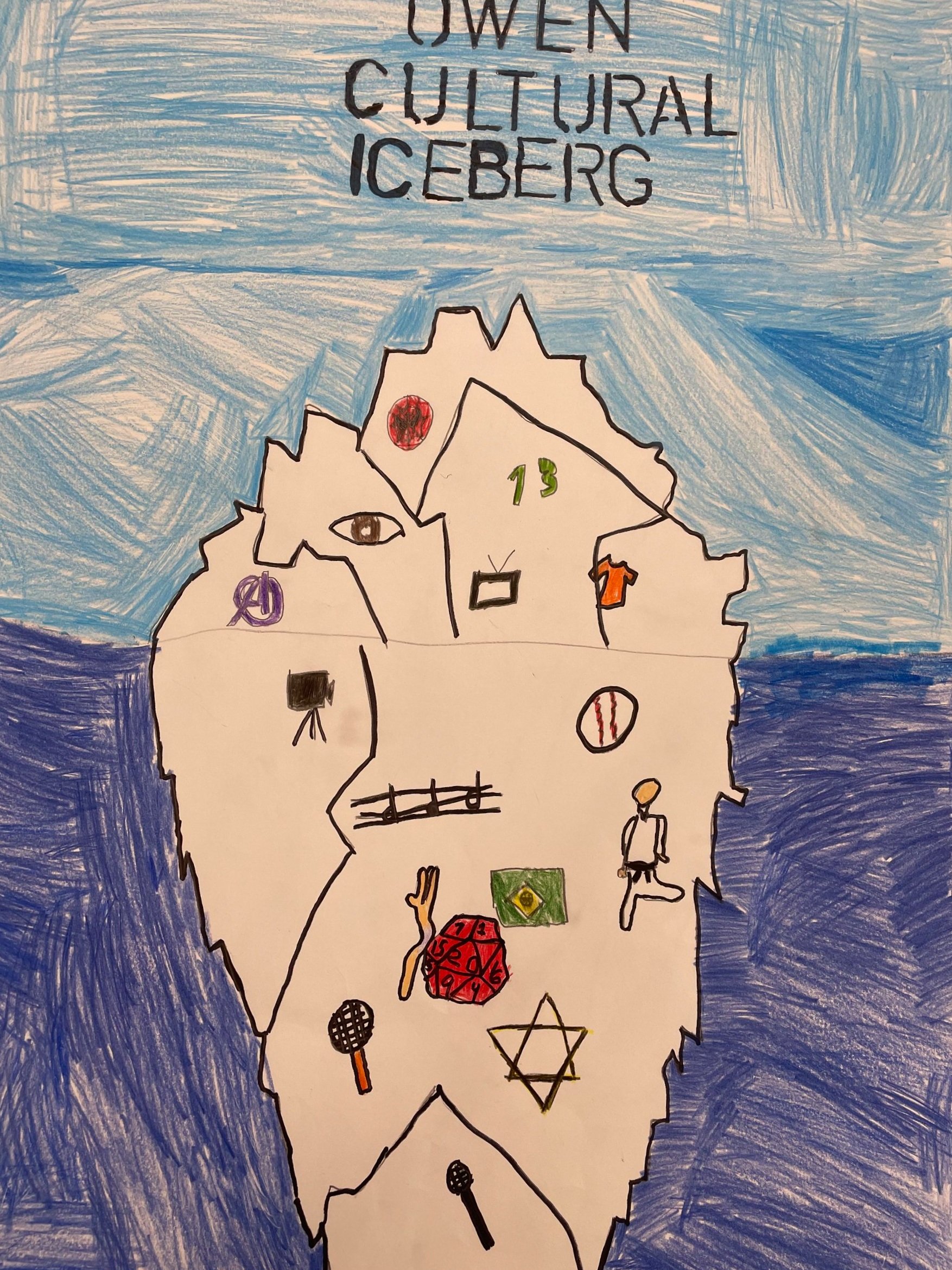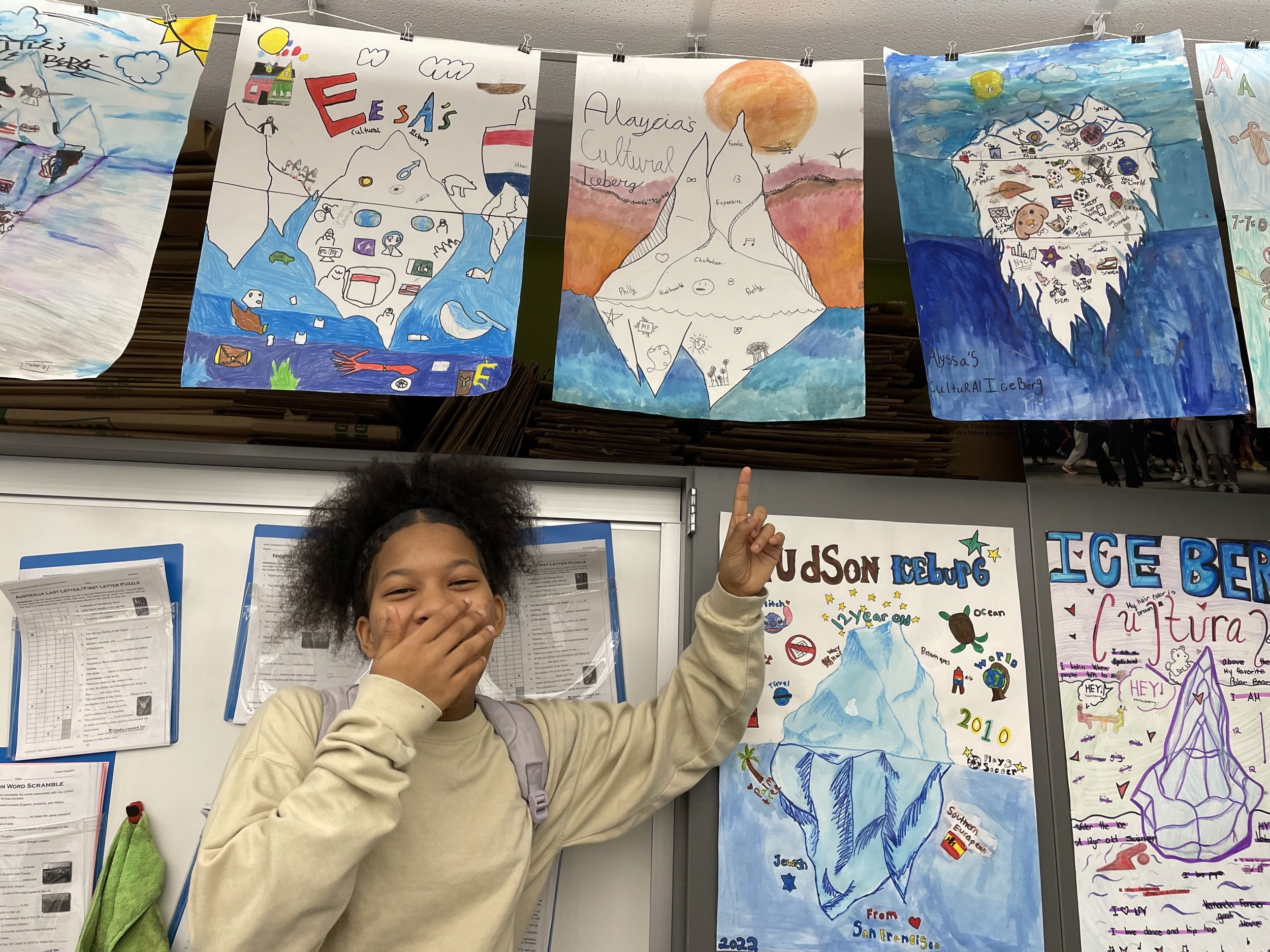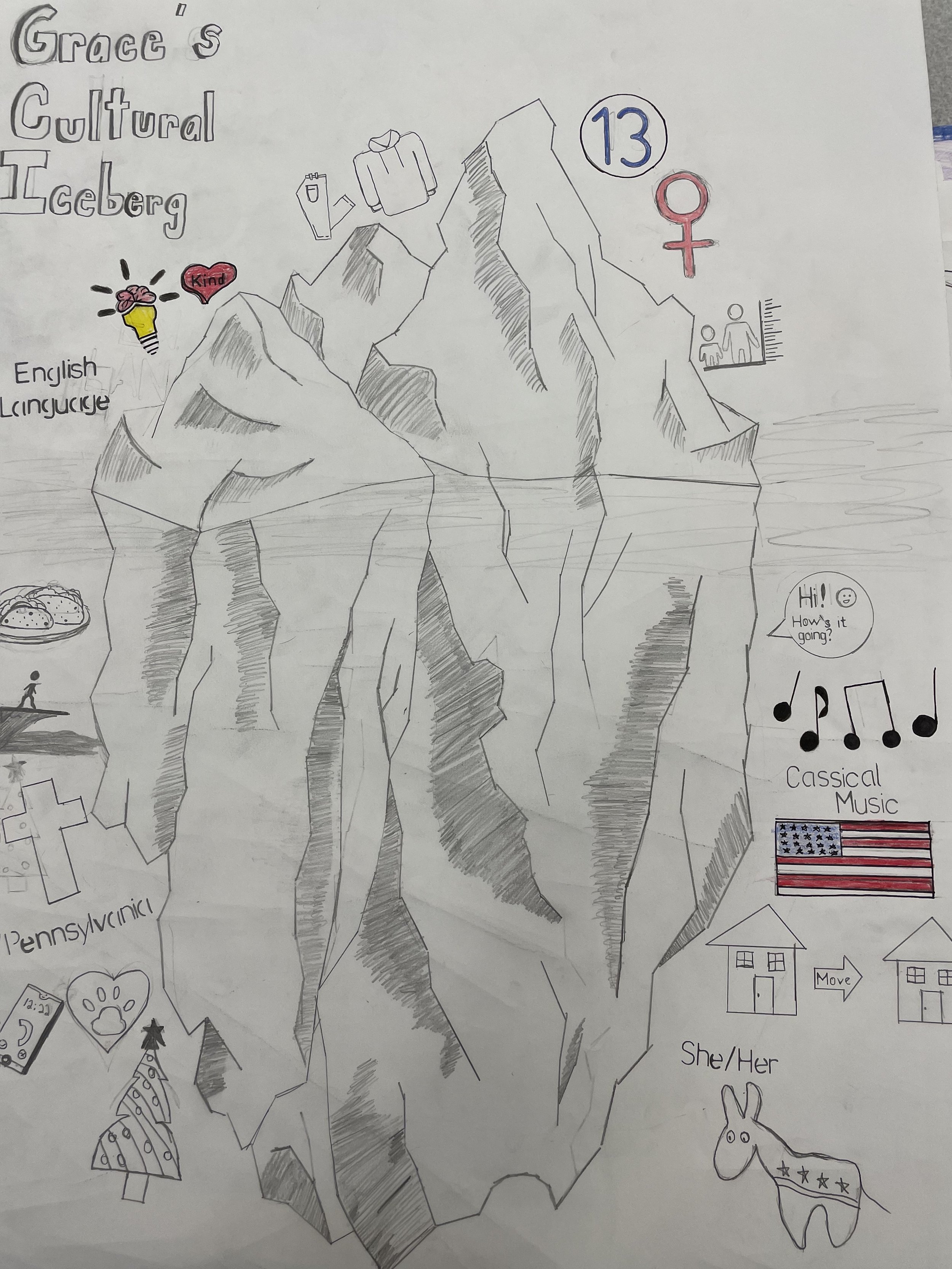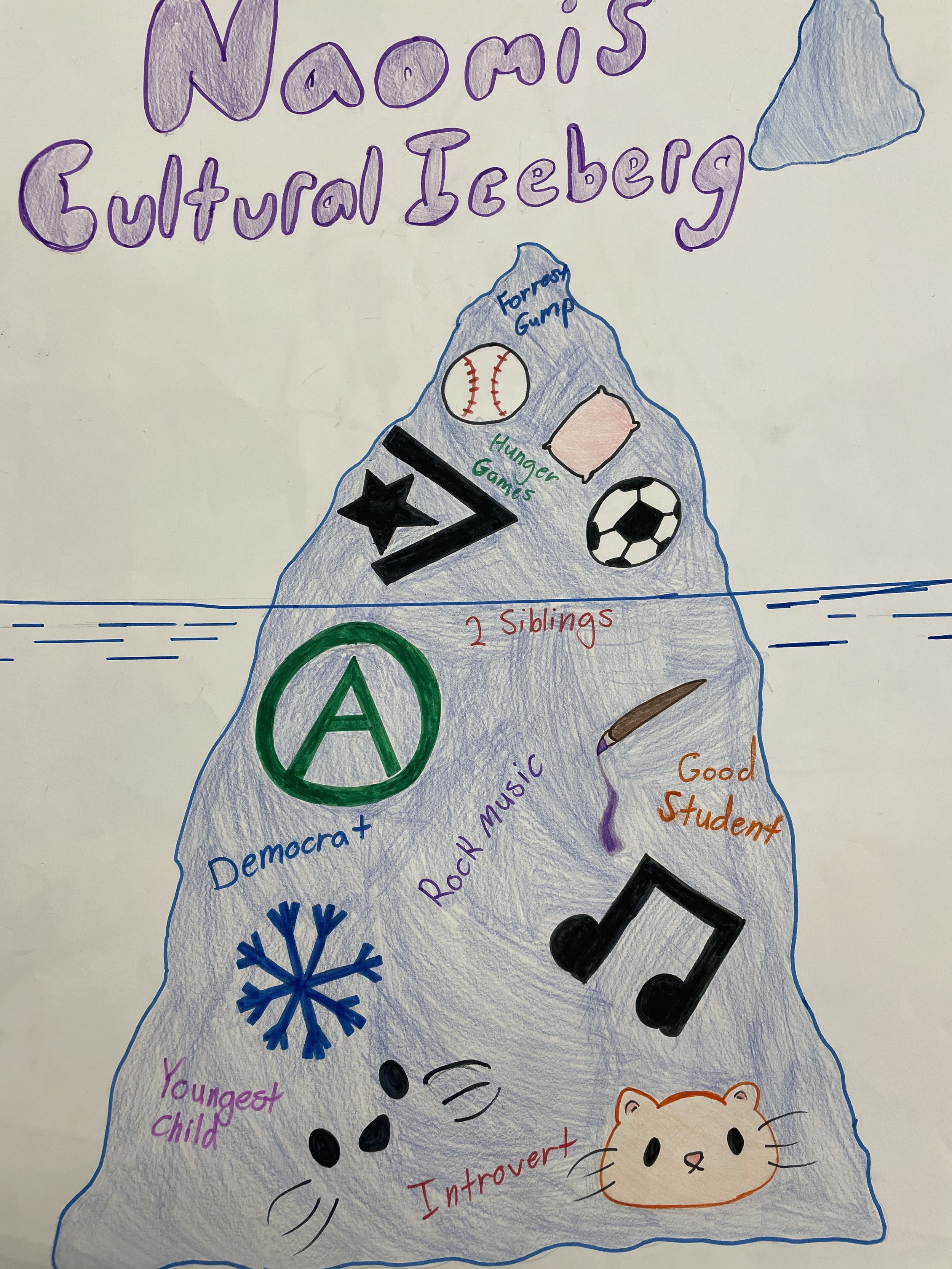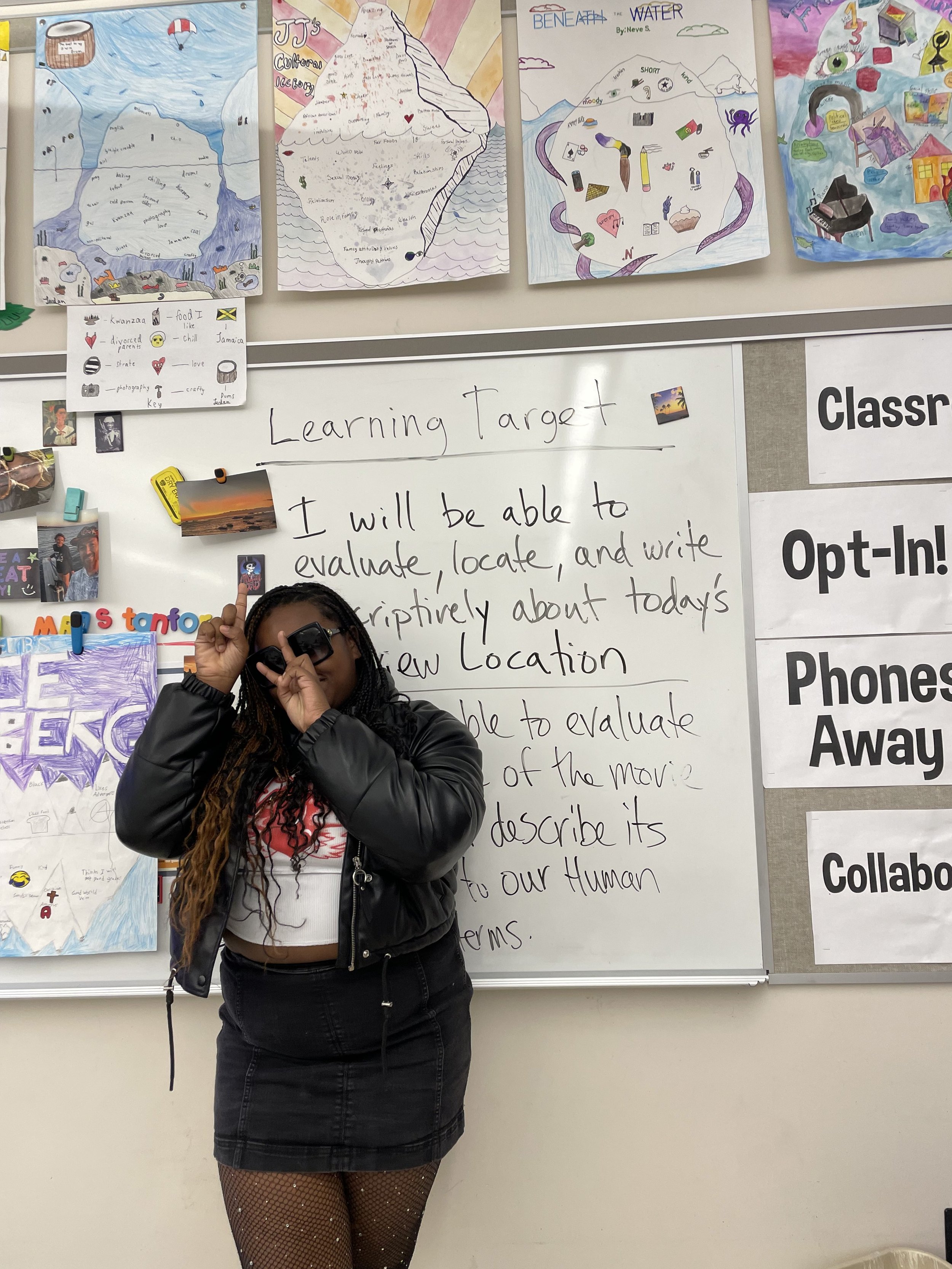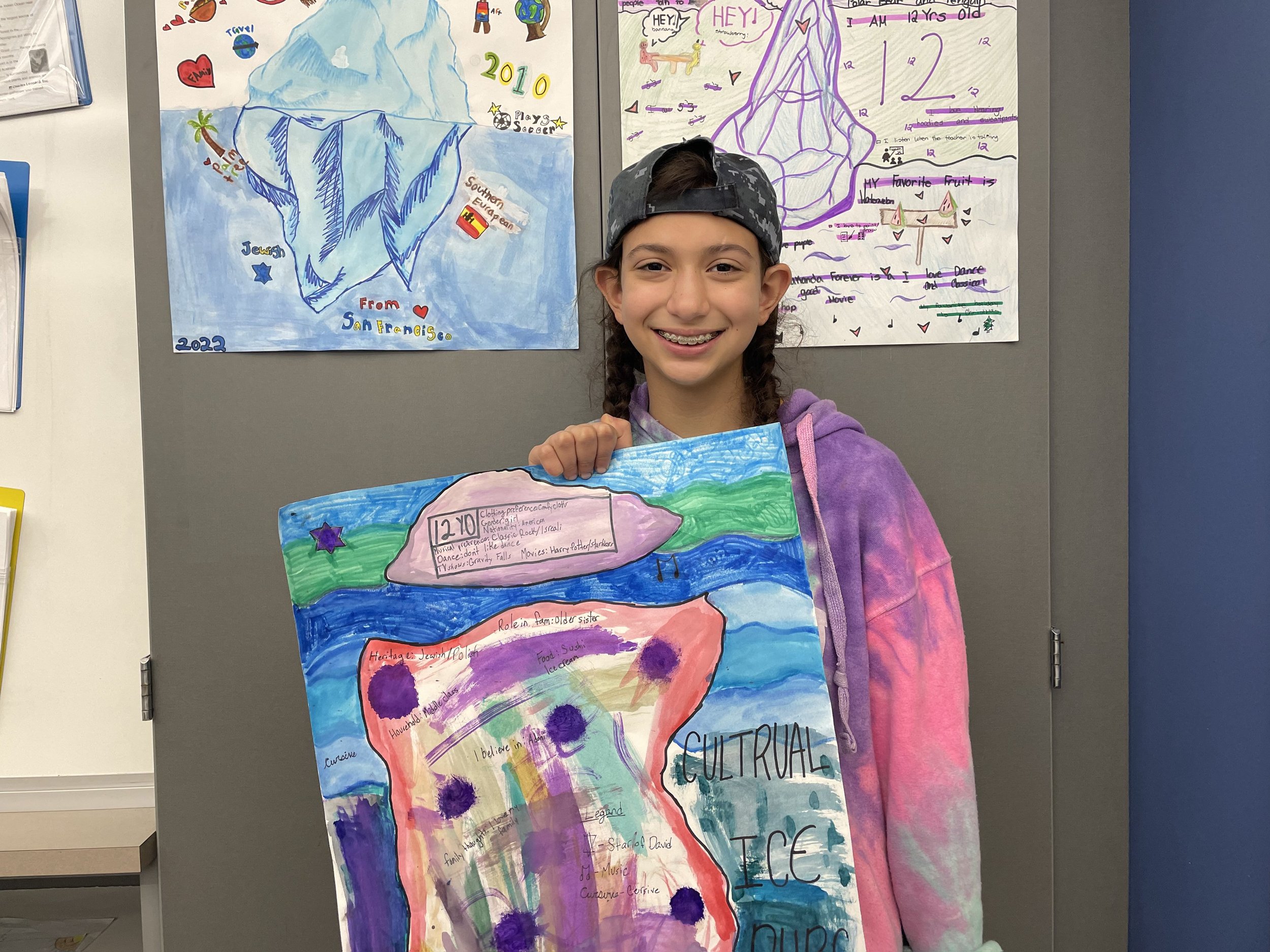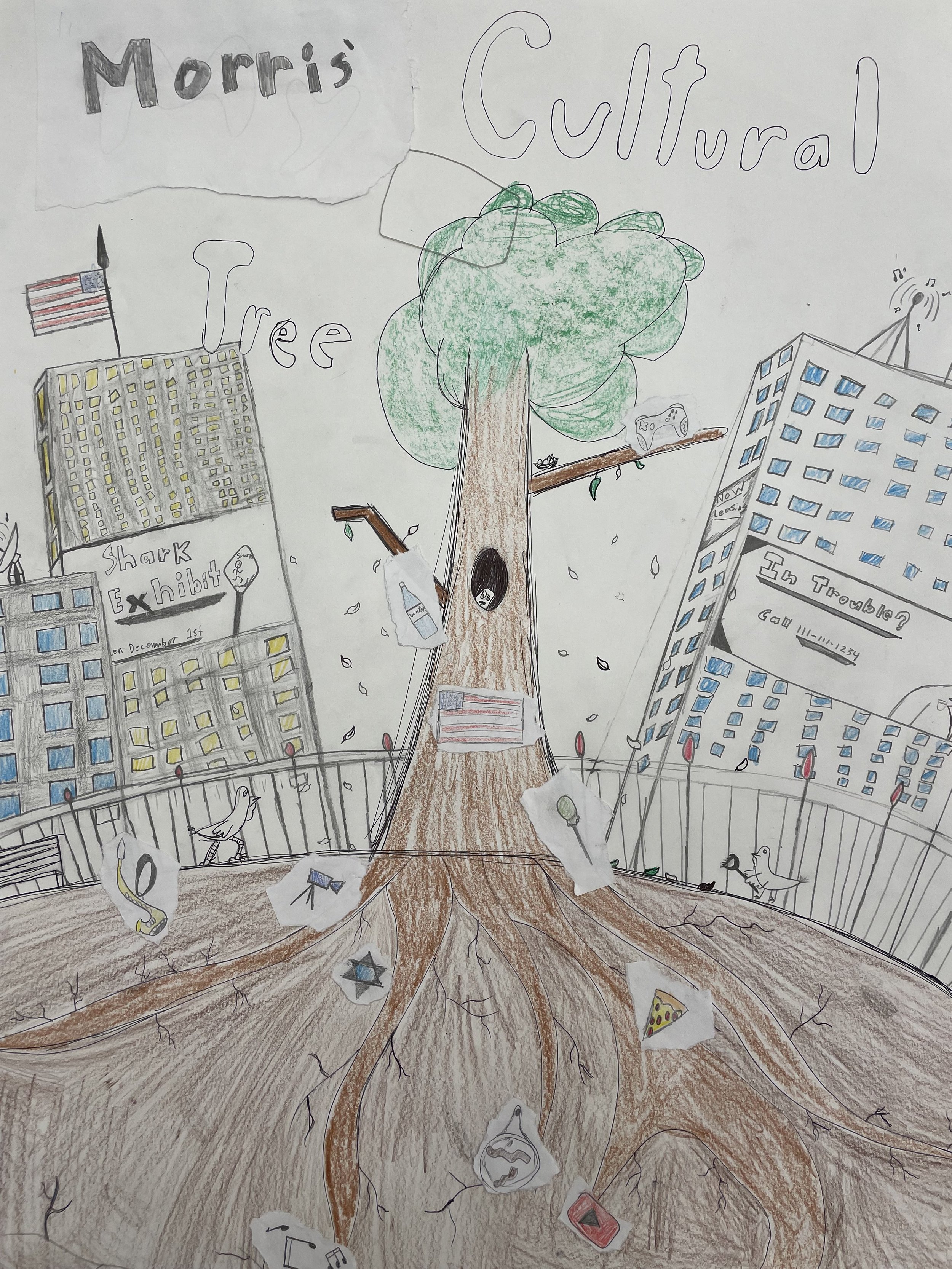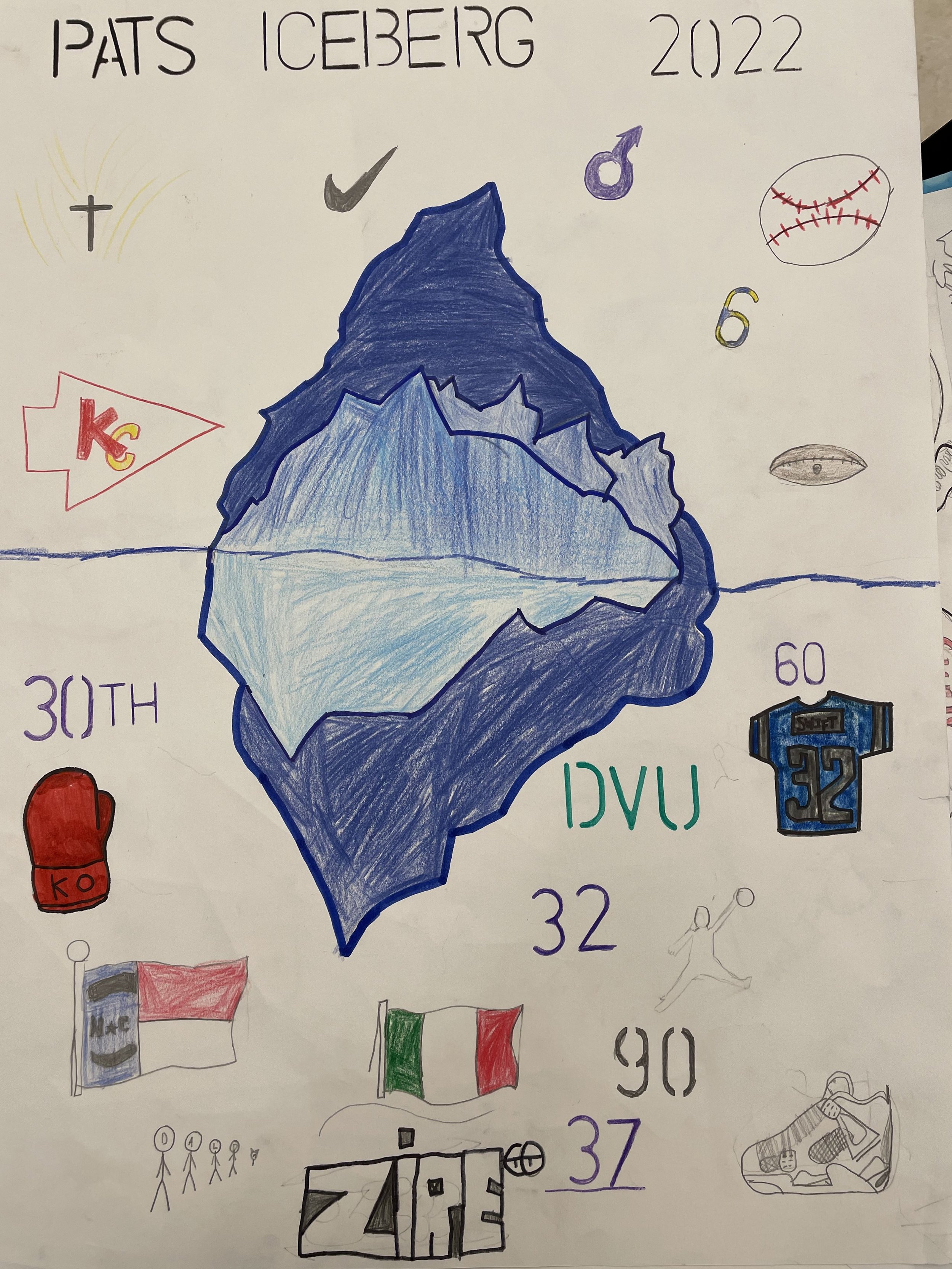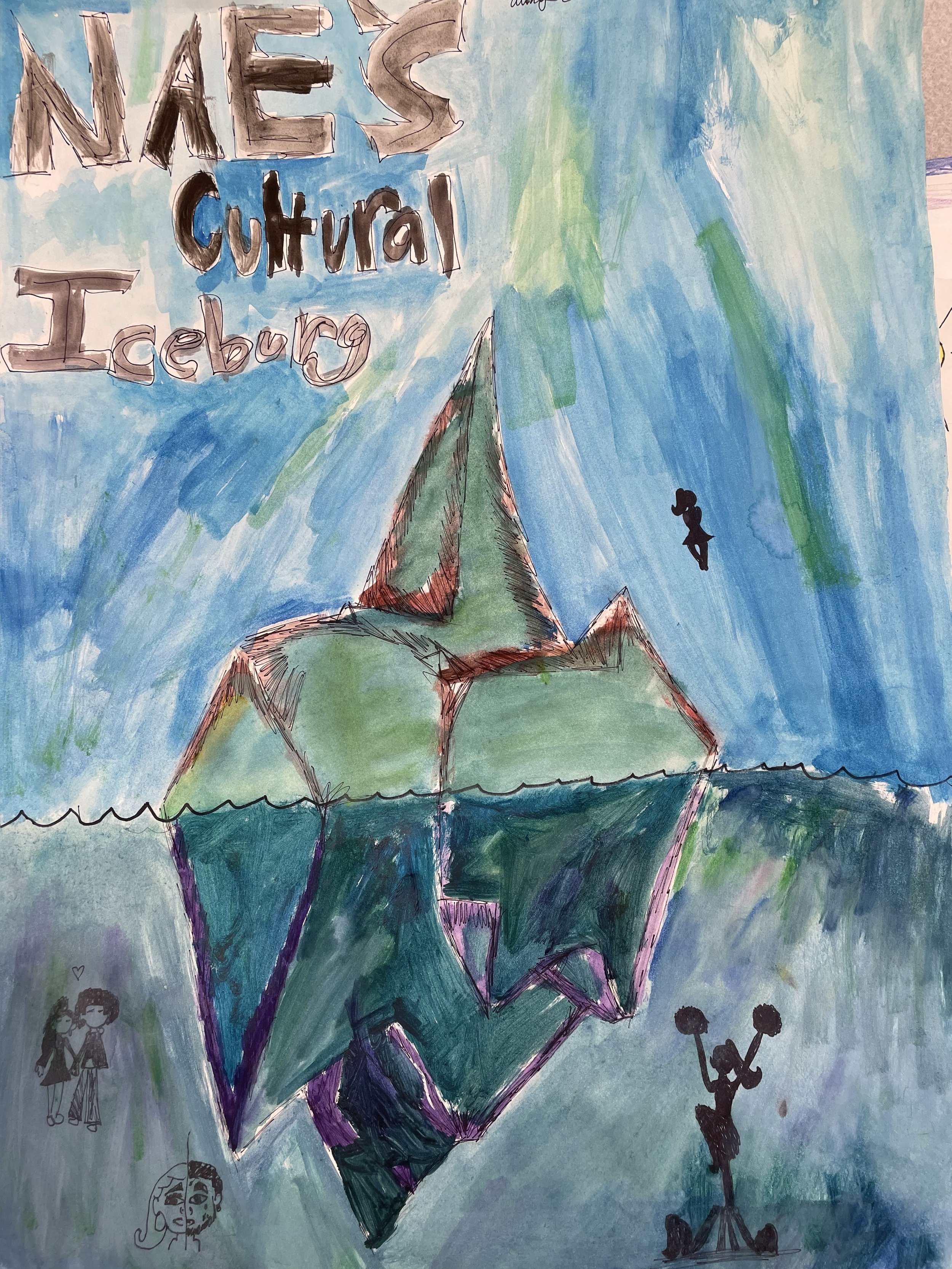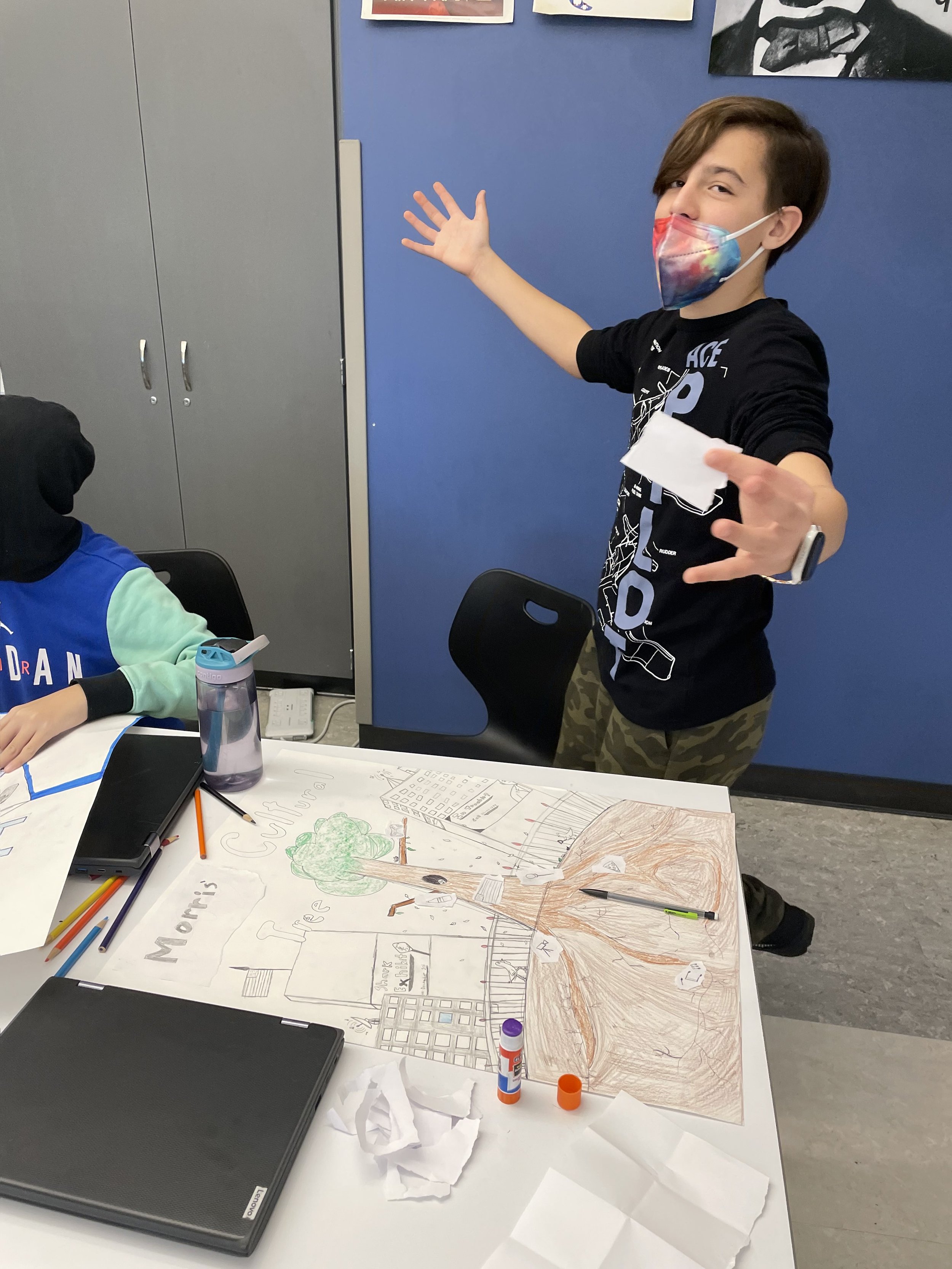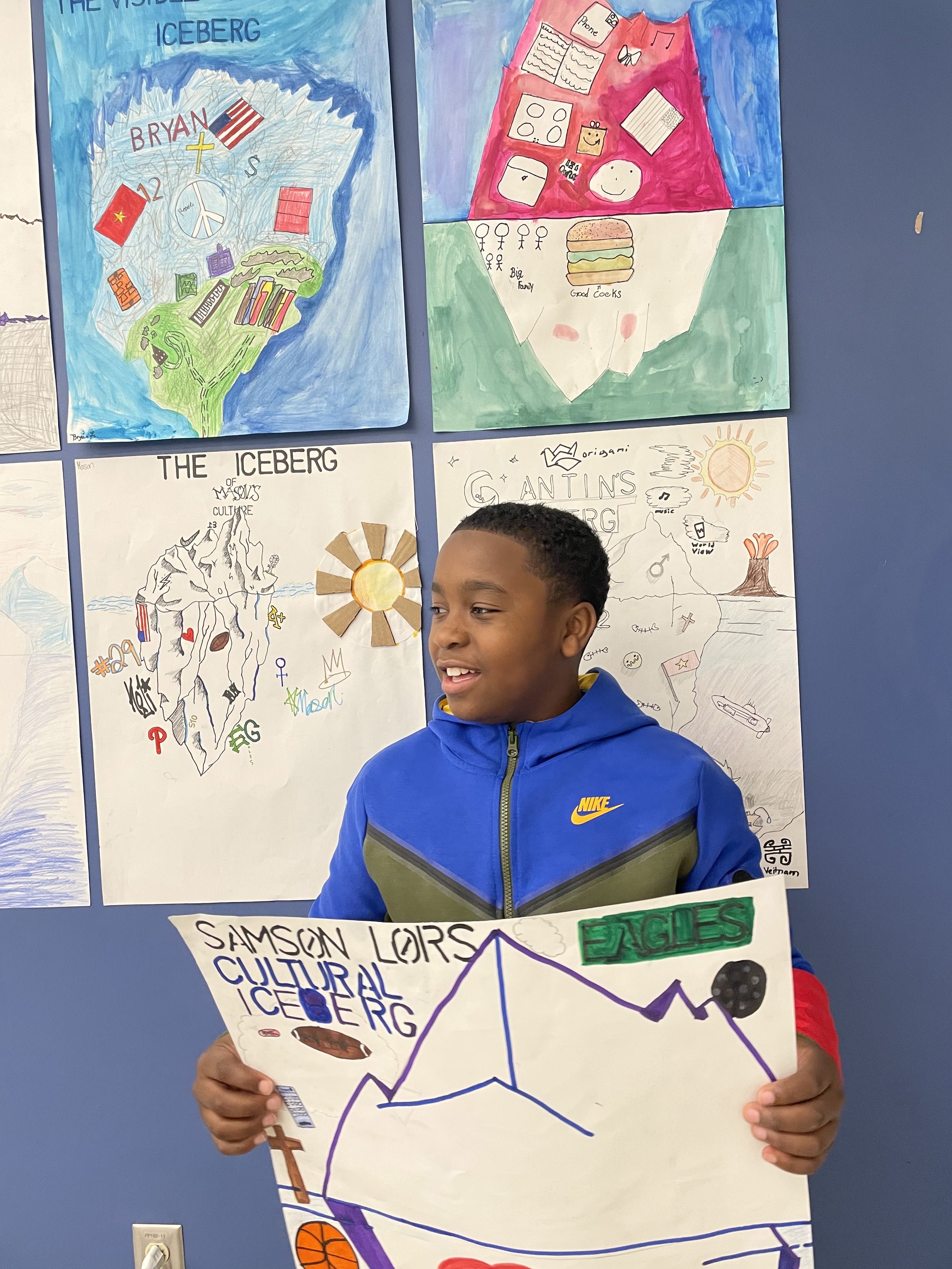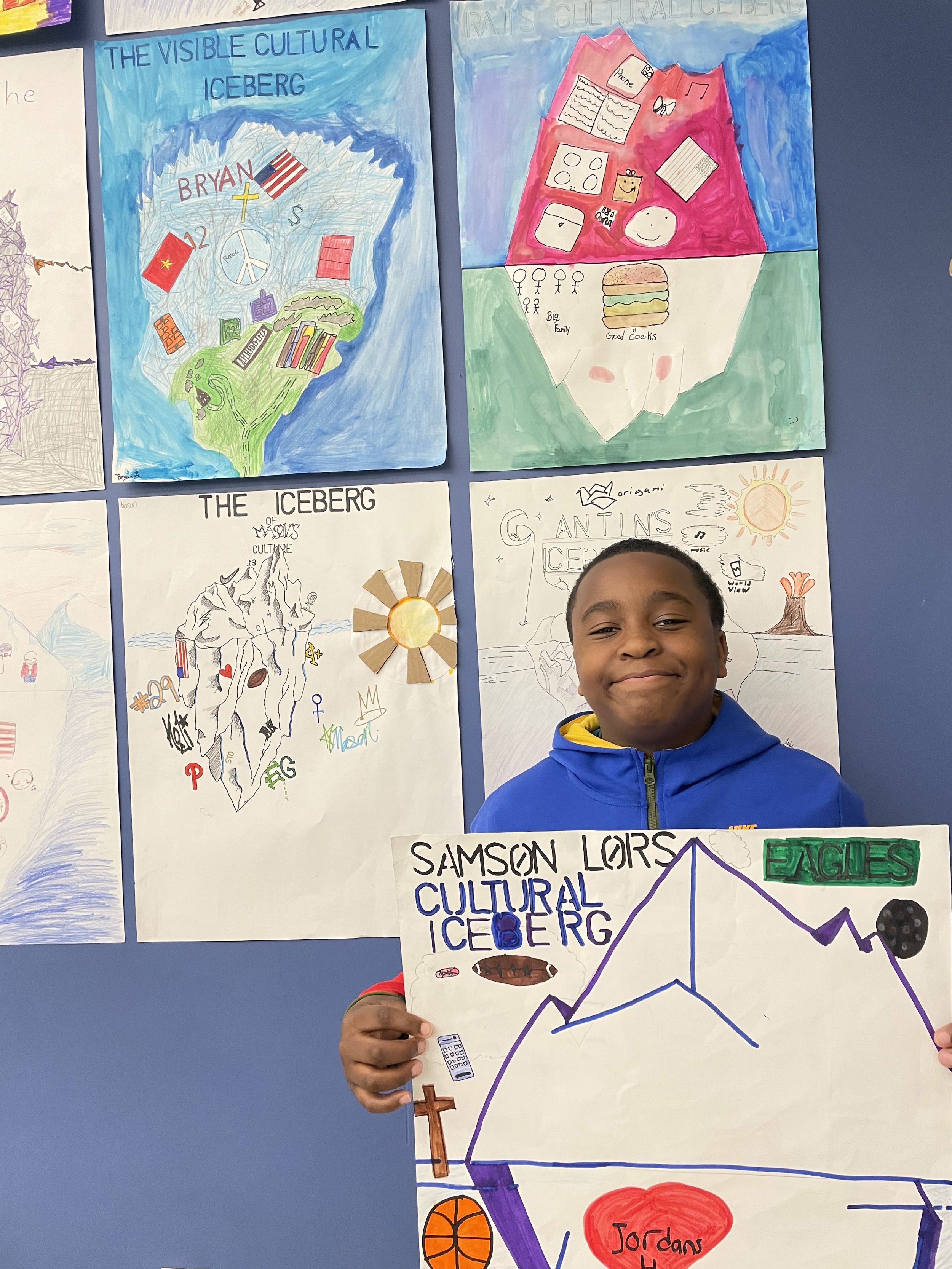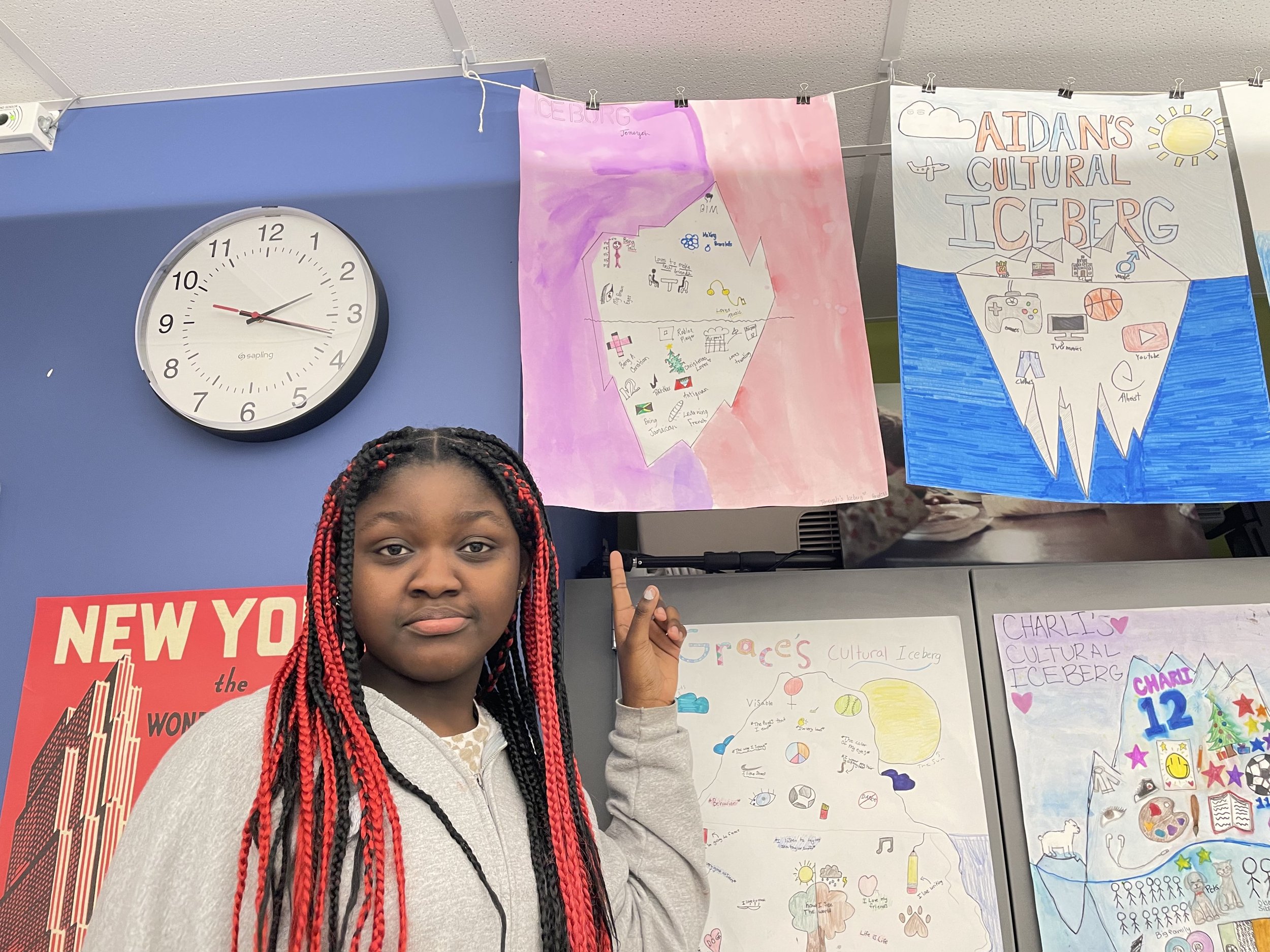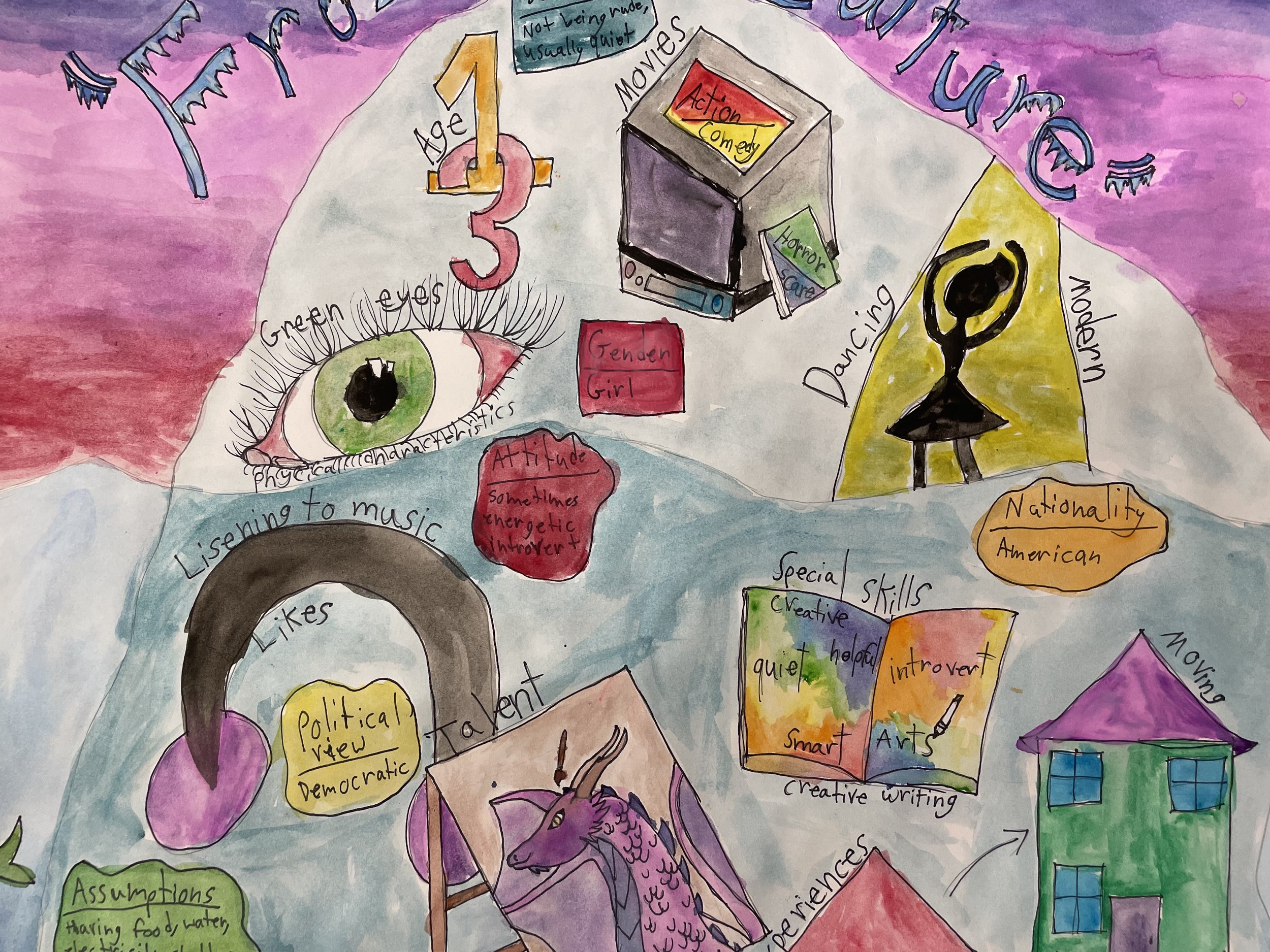
The Cultural Iceberg Project
Launch
We launched this project with a cultural case study that had students examine their own culture as anthropologists and question many aspects of culture we take for granted. After attempting to analyze our own culture as an outsider, students presented their anthropological “findings” to the class.


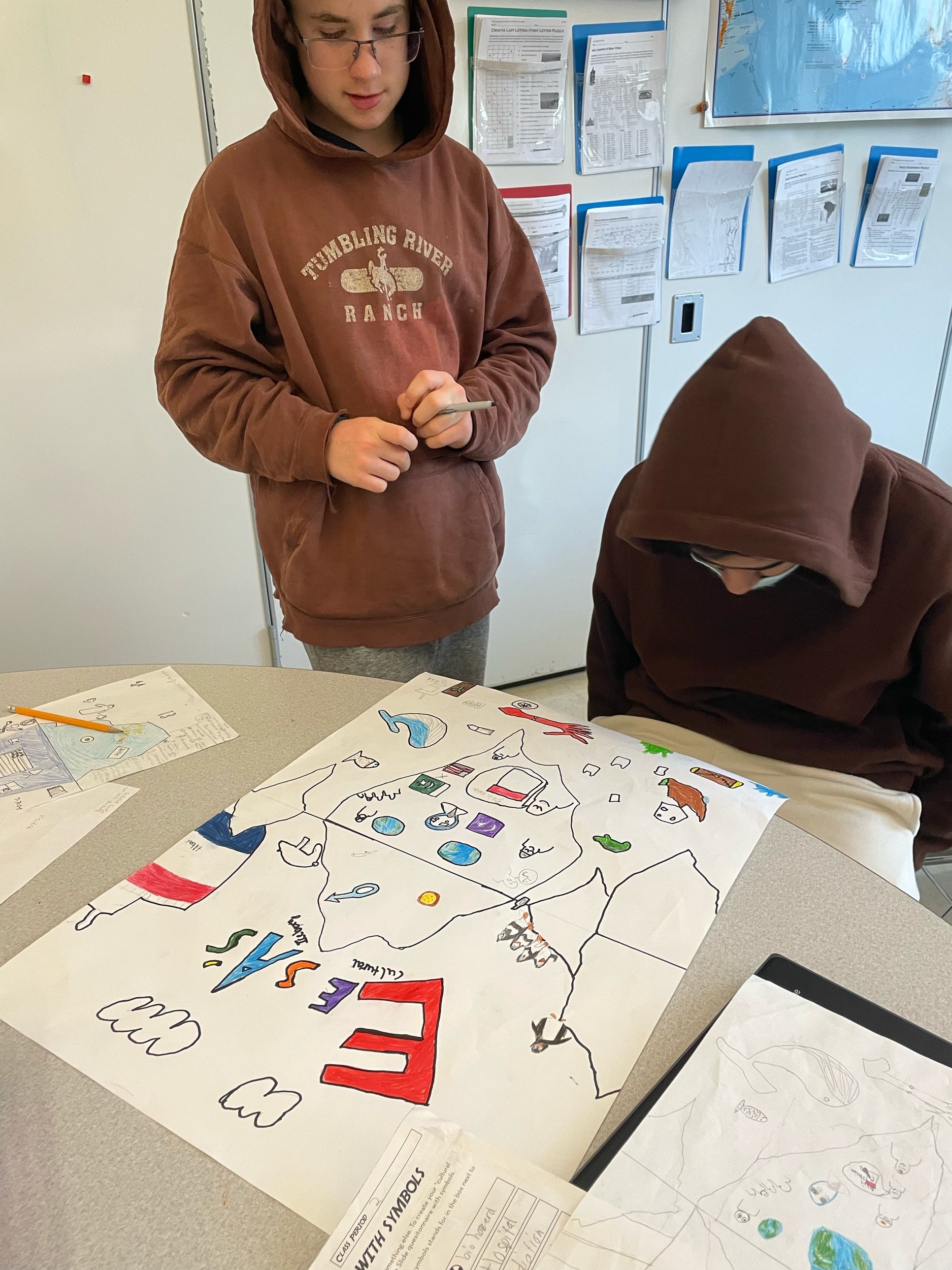
Core Content
Within the Cultural Iceberg Project students learn about human geography and culture. We analyze several cultures around the world with case studies focusing on the Kazakhs of Western Mongolia and the Yup'ik fishing culture of Southwest Alaska. Students write about these cultures to describe, compare and contrast, and learn from them. We explore concepts such as ethnocentrism, symbolism, anthropology, identity, and culture. We also learn about the components of culture and how it spreads and changes over time.

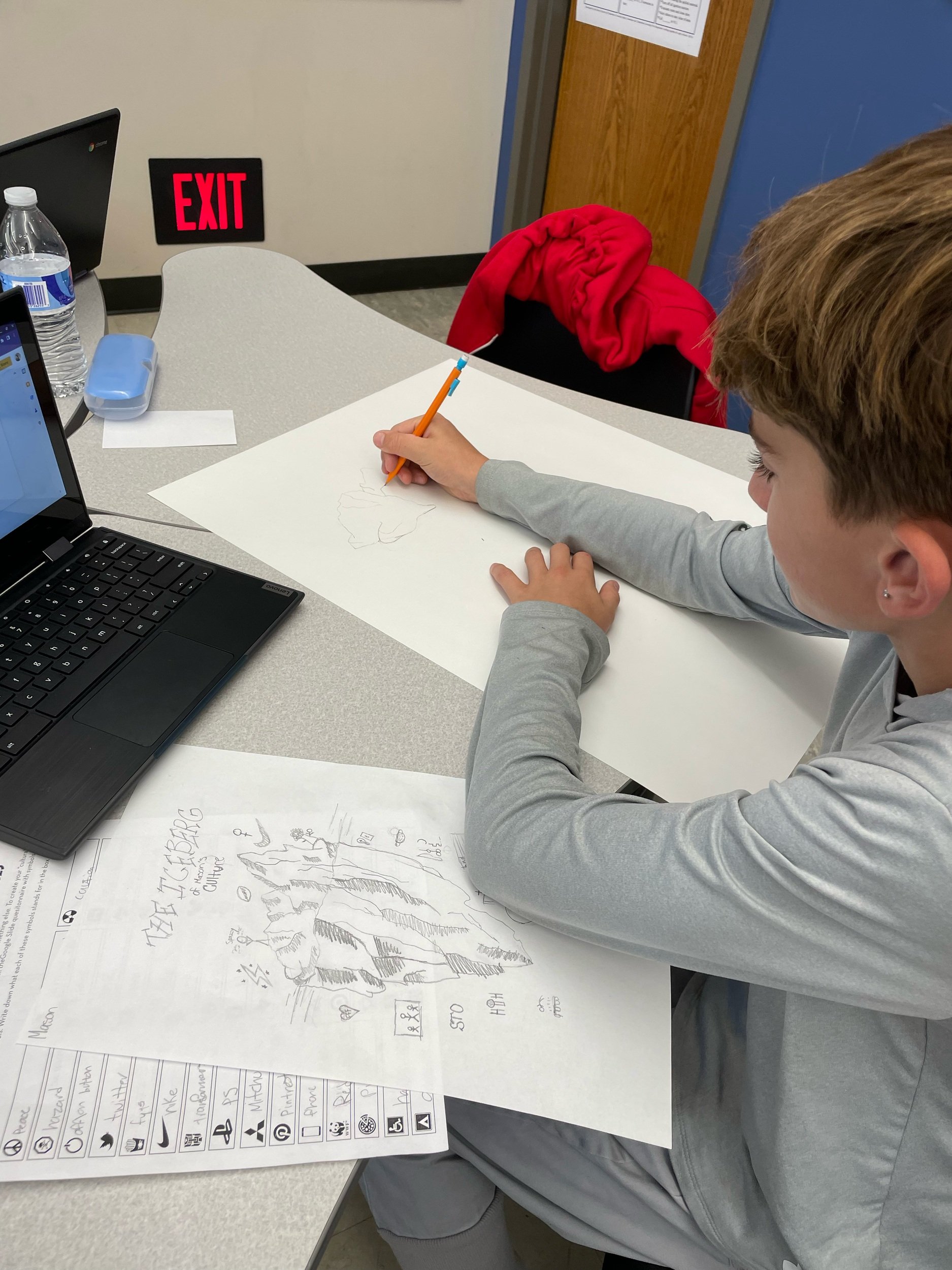

Essential Questions
Throughout this unit we explore several essential questions. A few of these essential questions are: What are the visible and non-visible elements of culture? What are cultural universals and what do all cultures have in common? What makes cultures different? What are significant symbols and icons of culture? How can we represent ourselves and our culture using symbols? What happens when cultures collide? Why should we be interested in and study our own and other cultures?

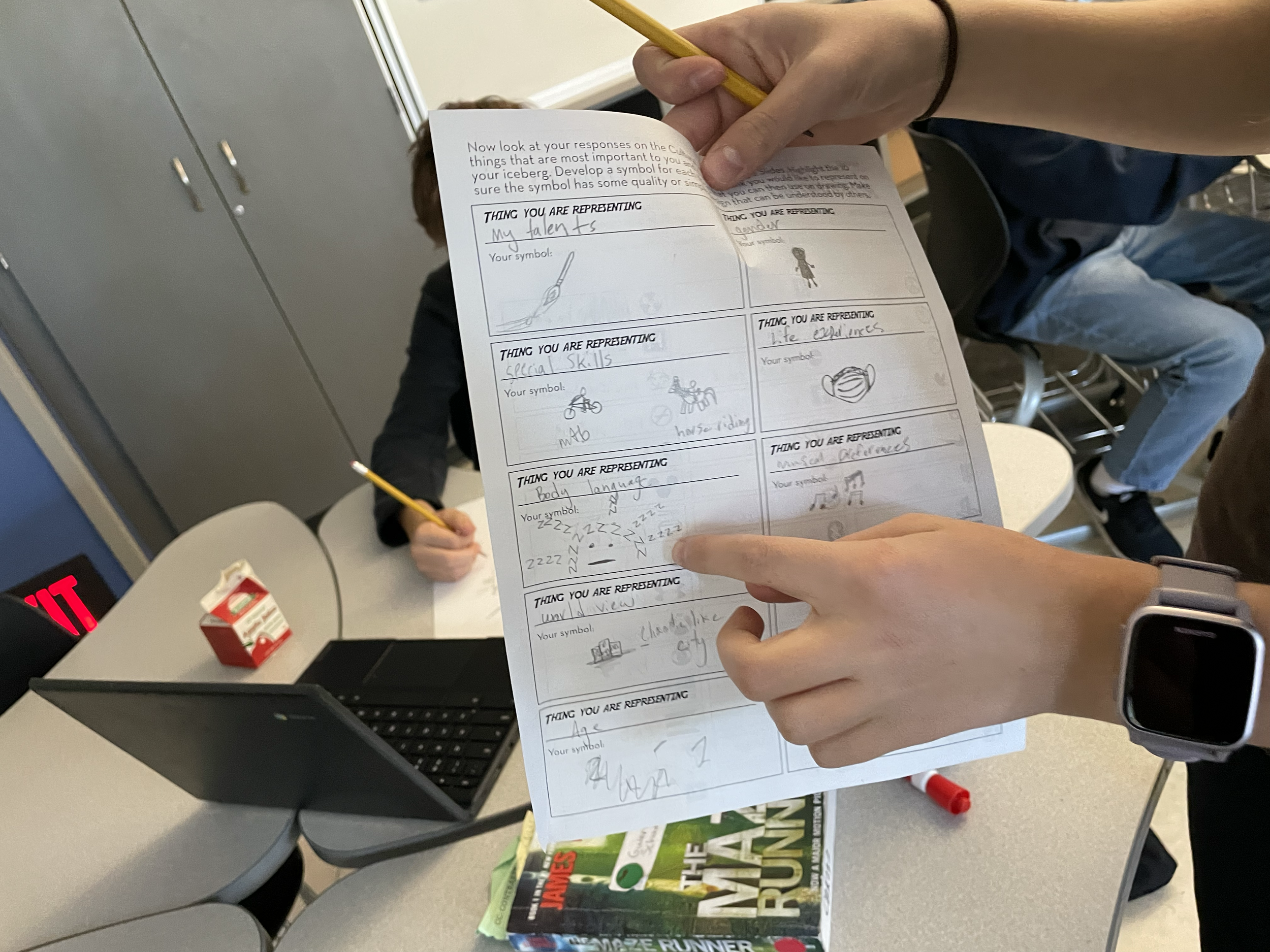

Critique and Revision
Students went through the design process to create their icebergs. After researching and writing about various cultures around the world, students started learning about decoding symbols and creating our own cultural symbols. We then began the drafting process. Students received feedback on their drafts that they incorporated into their next iteration.
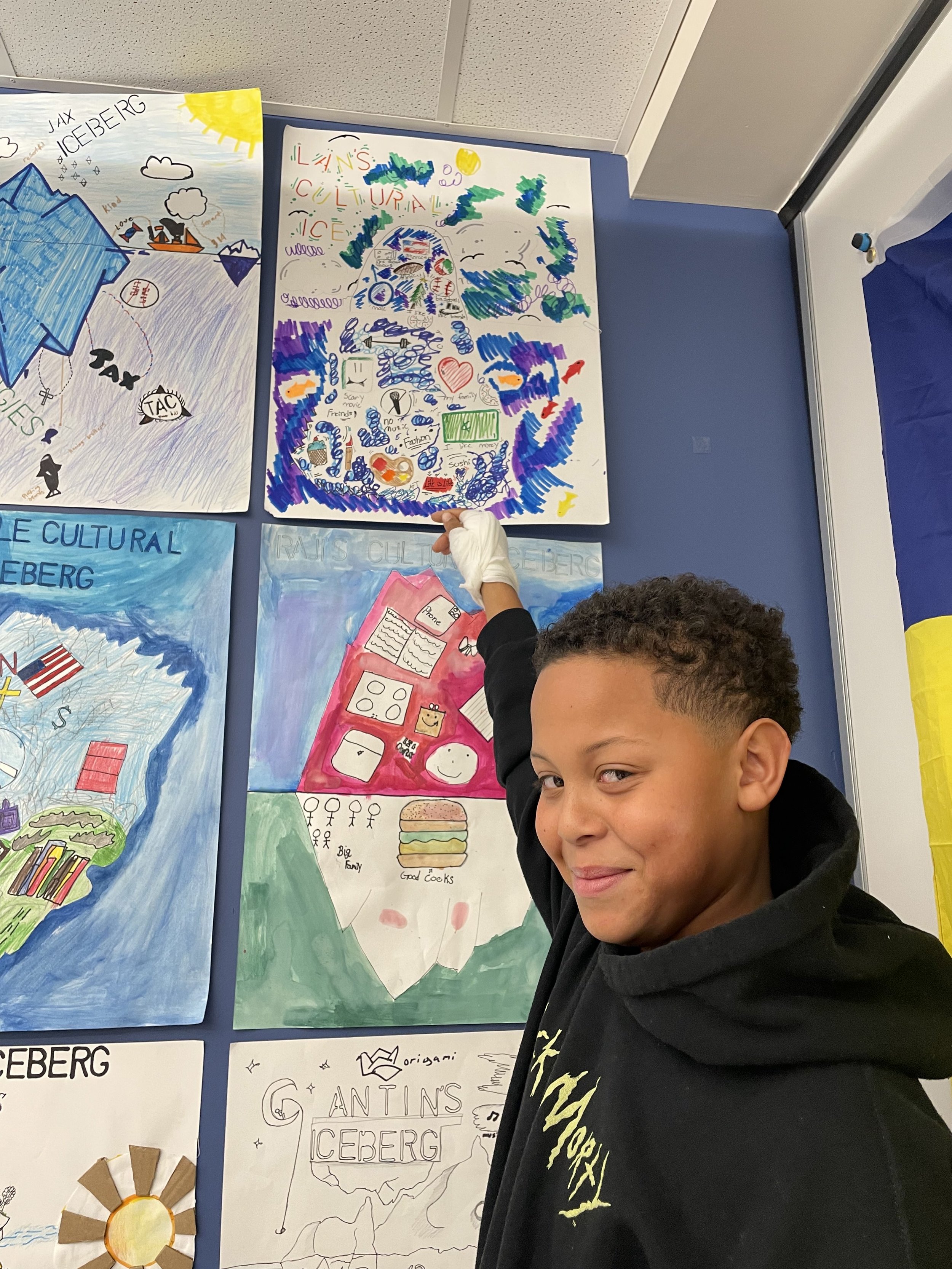


Exhibition
Students reflected on their work and voted for their favorite projects. We celebrated the completion of the project by awarding 3D prints for excellent work on the project and on the reflection. Student work was exhibited throughout the classroom and on the school district’s and website and social media pages where the community could see the work and learn about the project.

